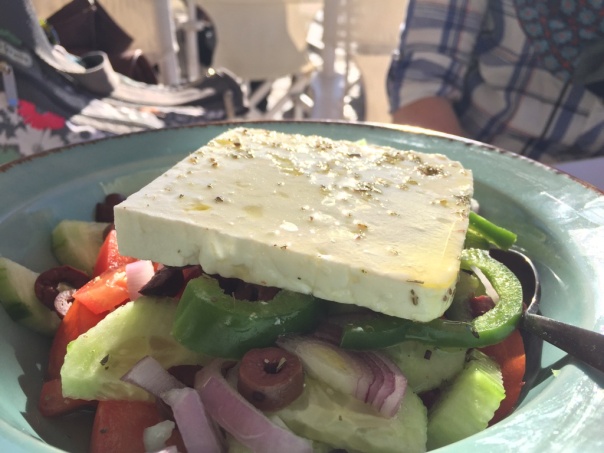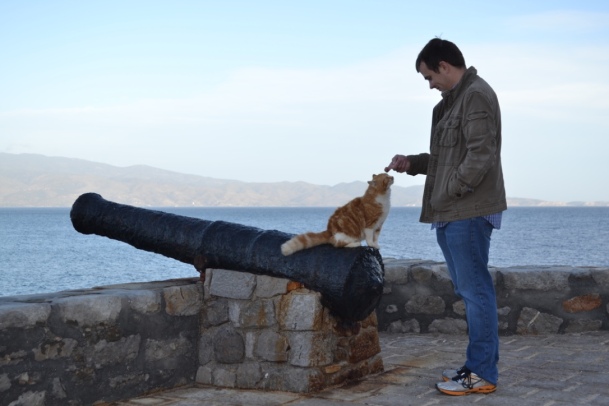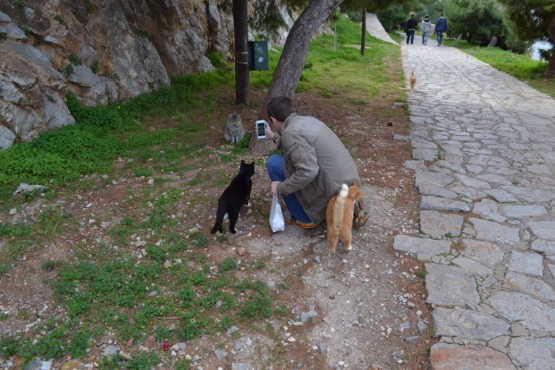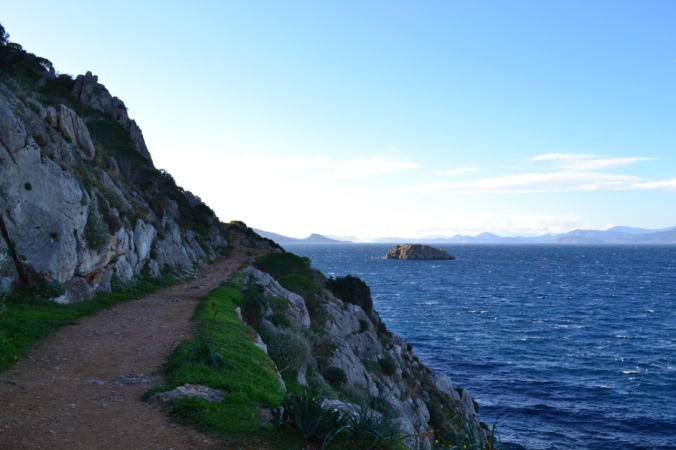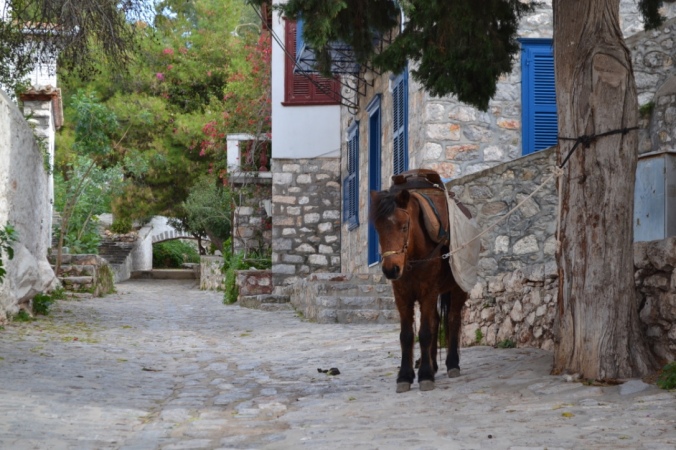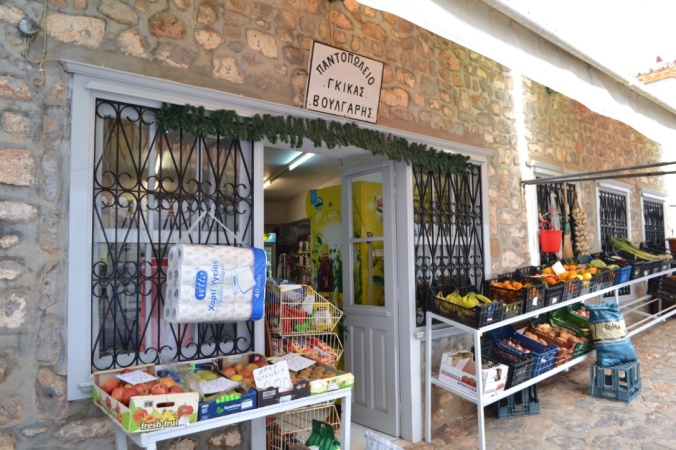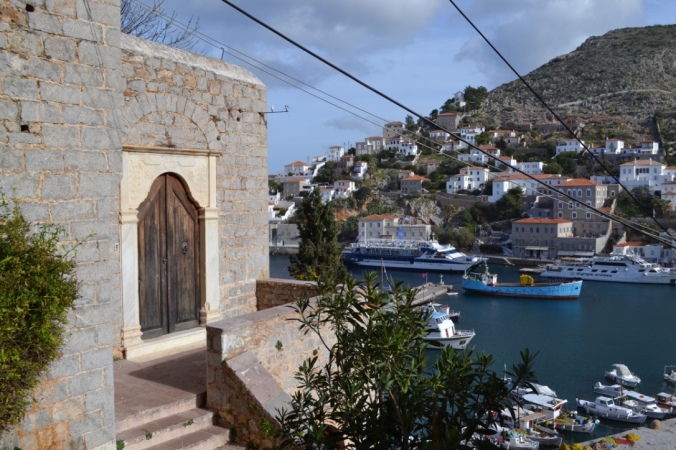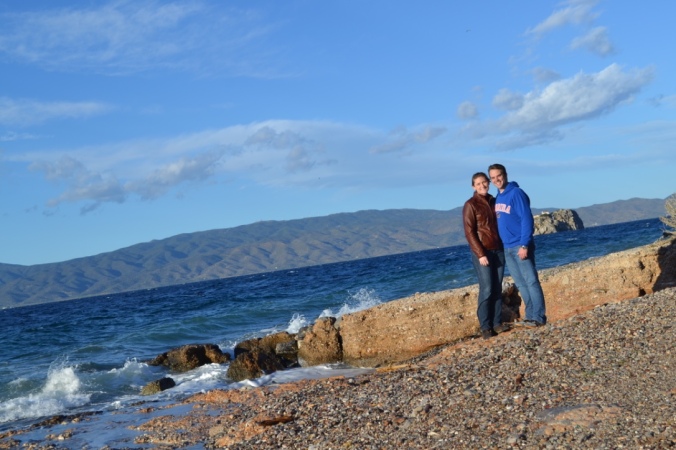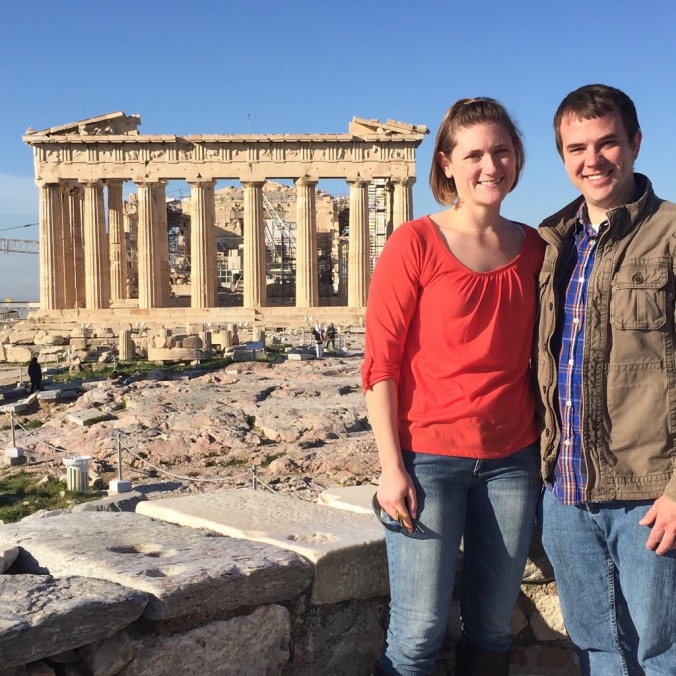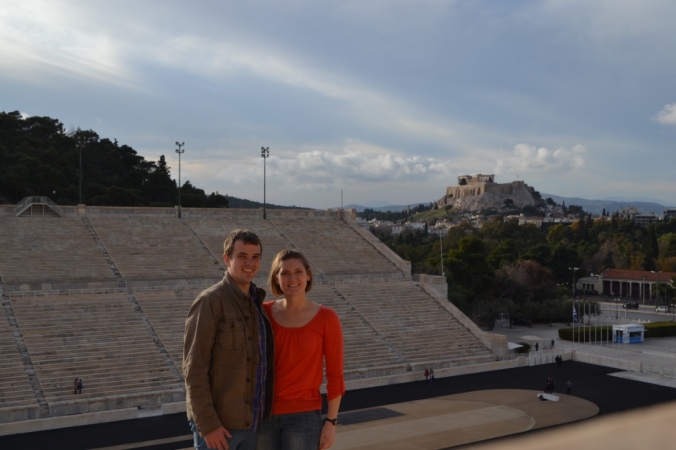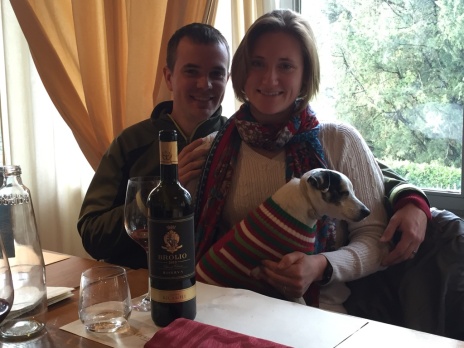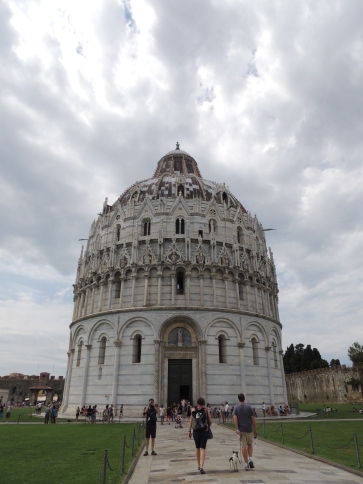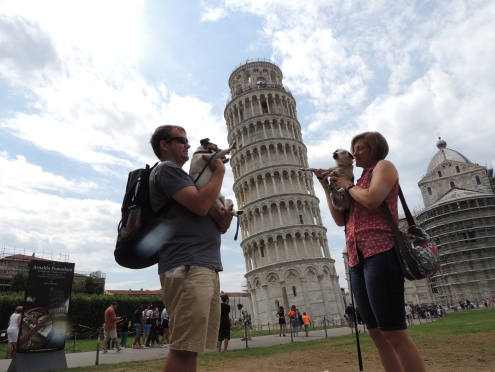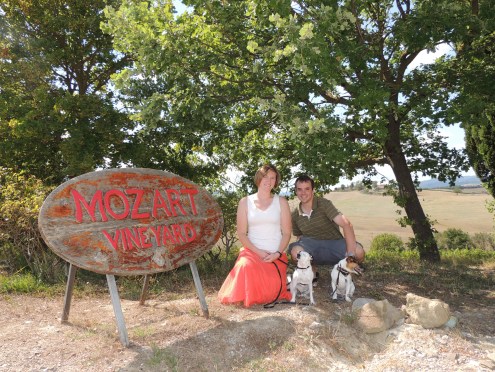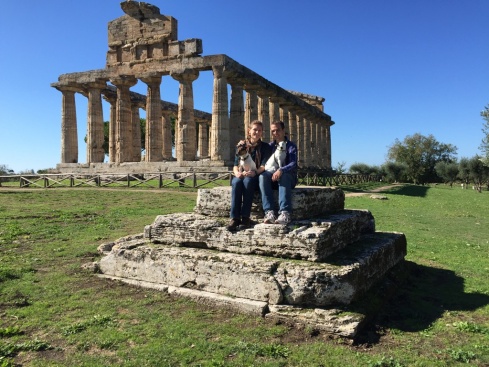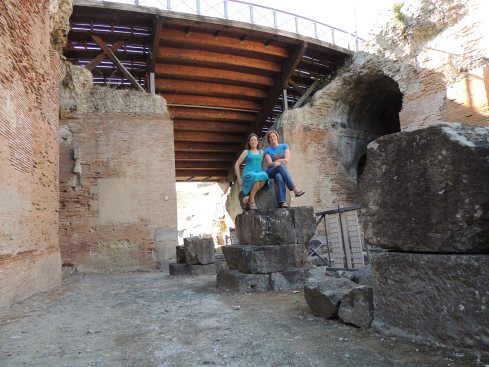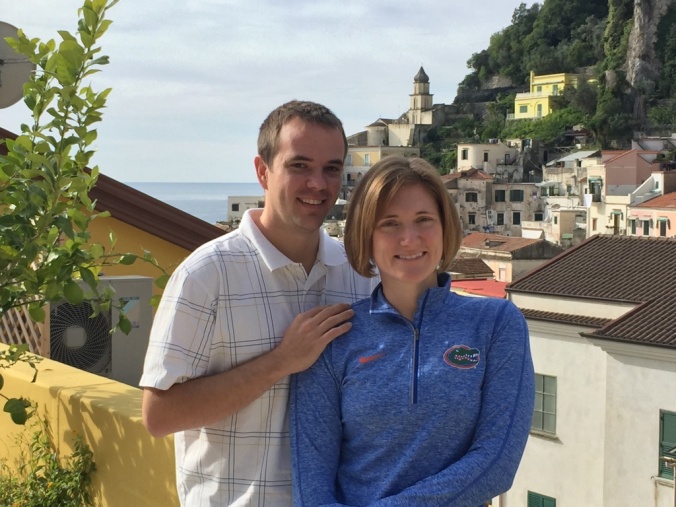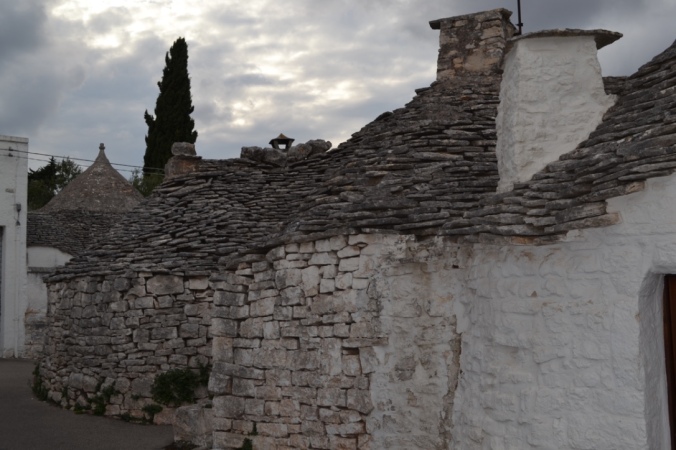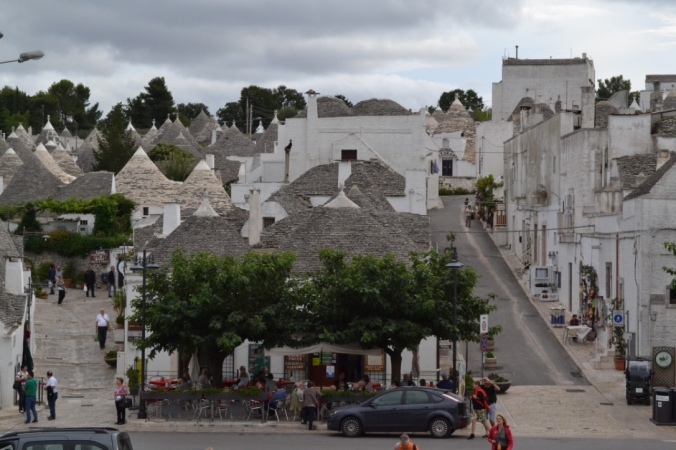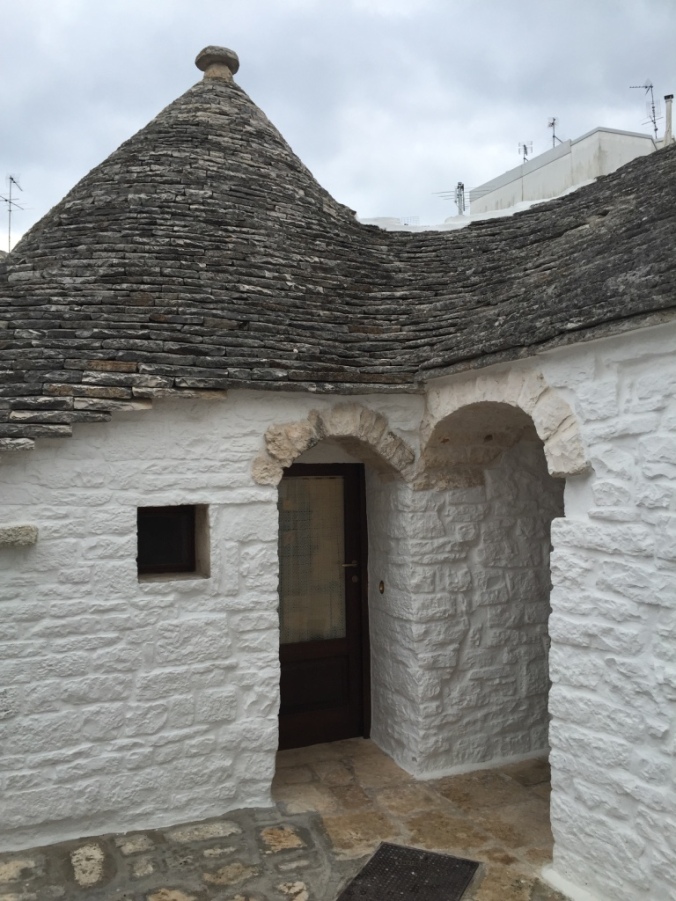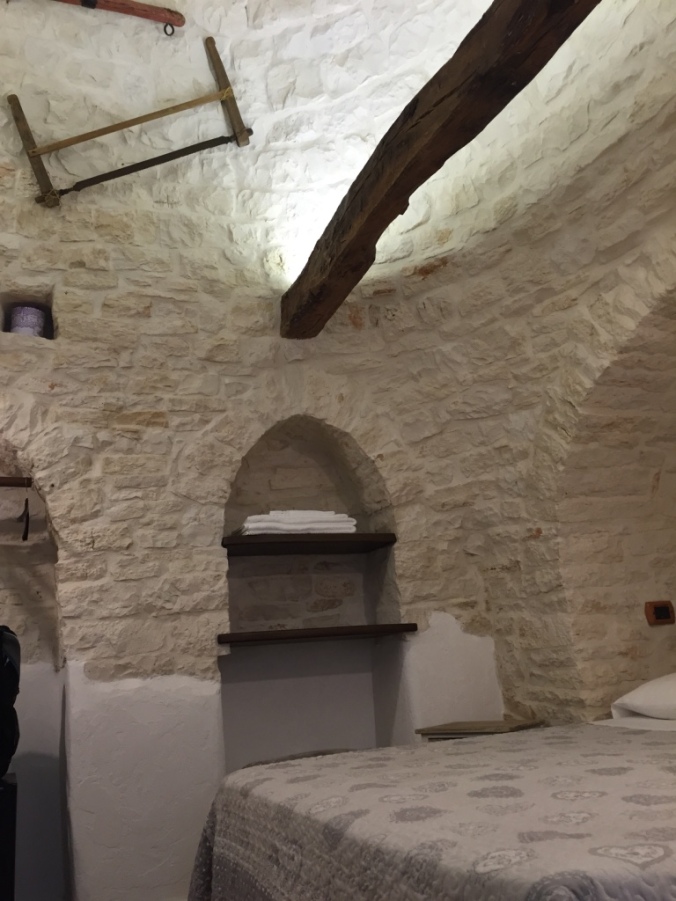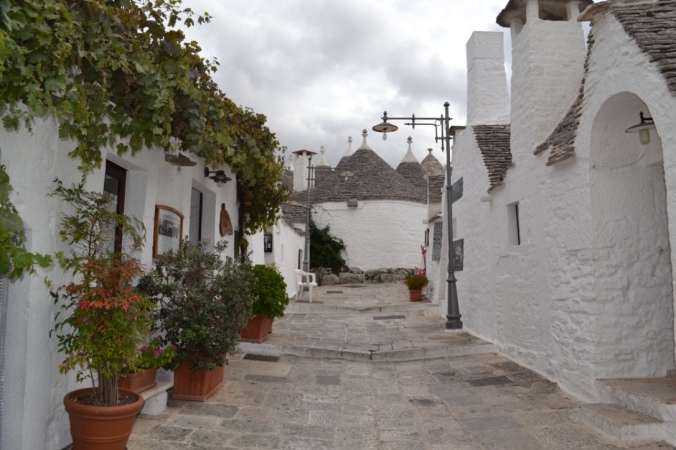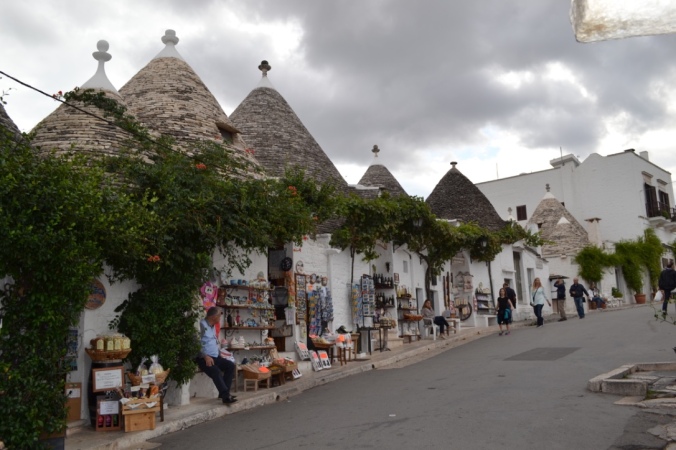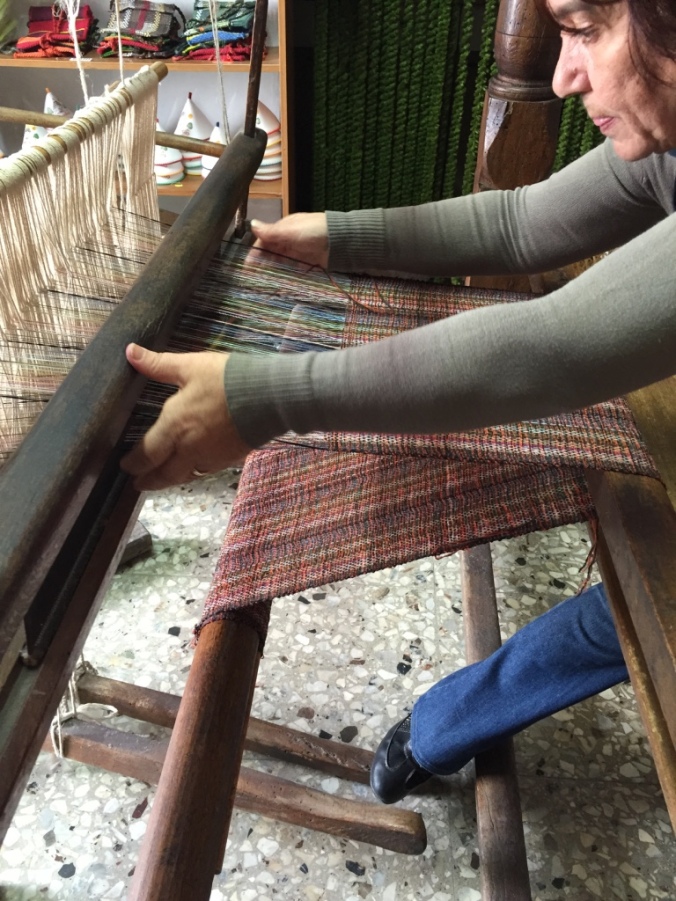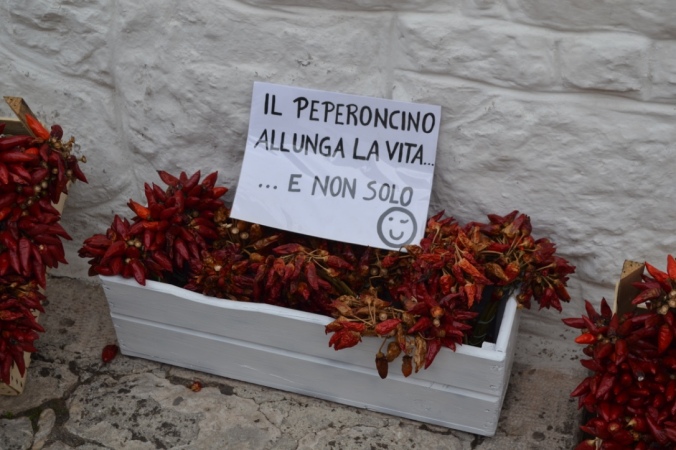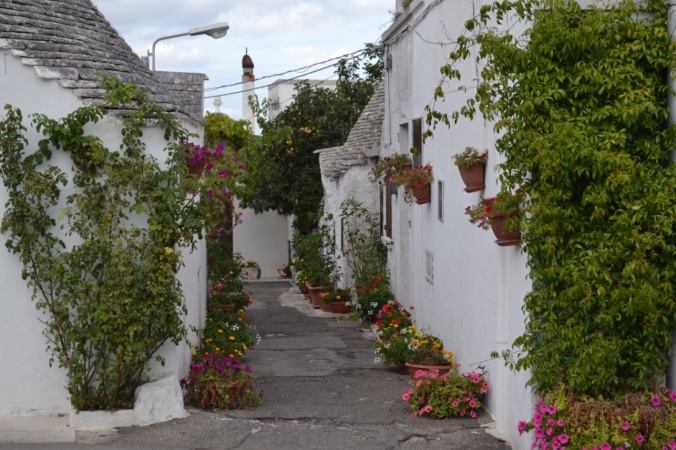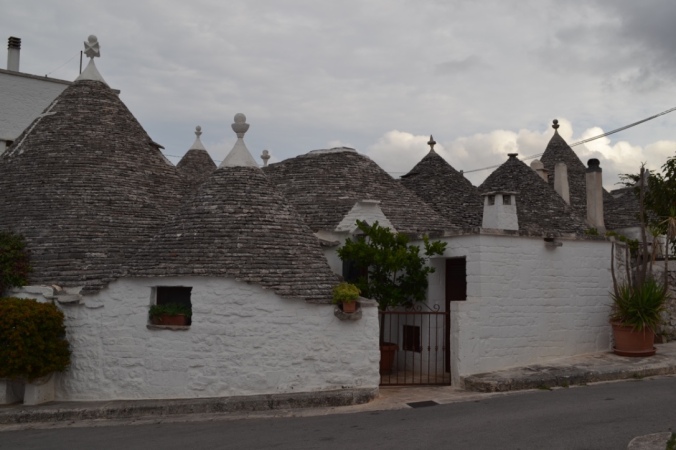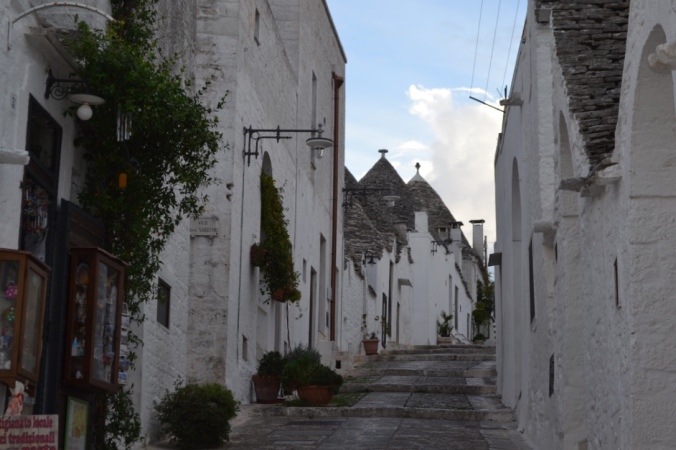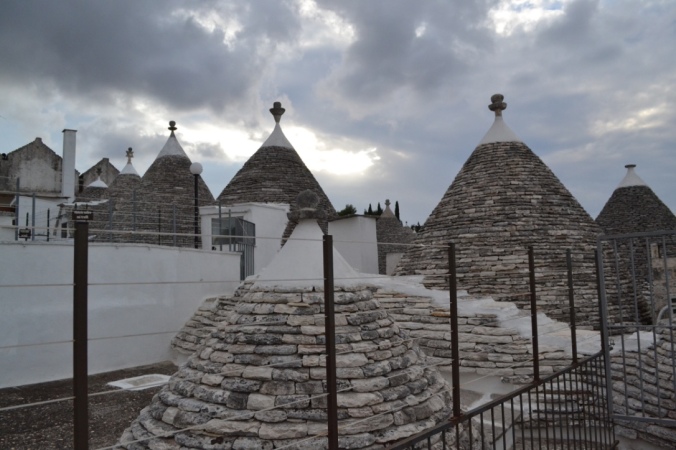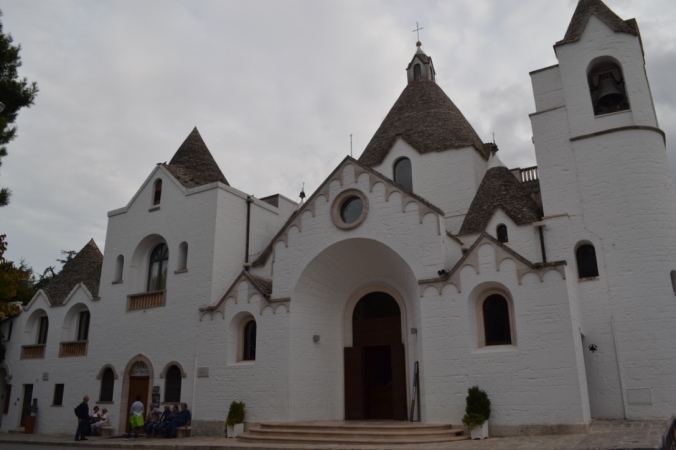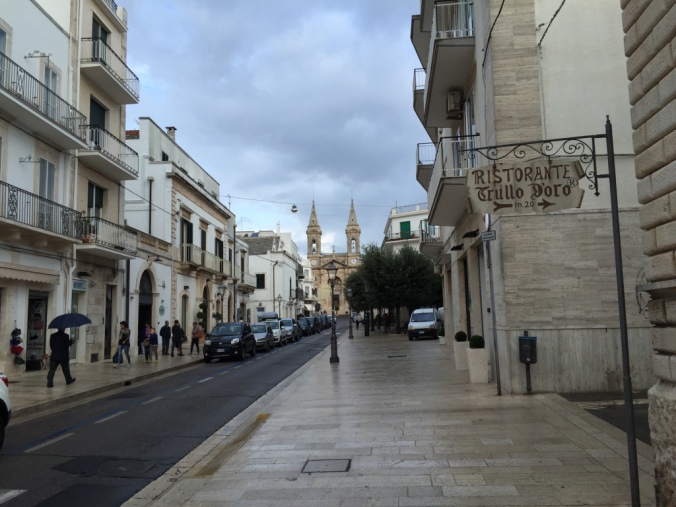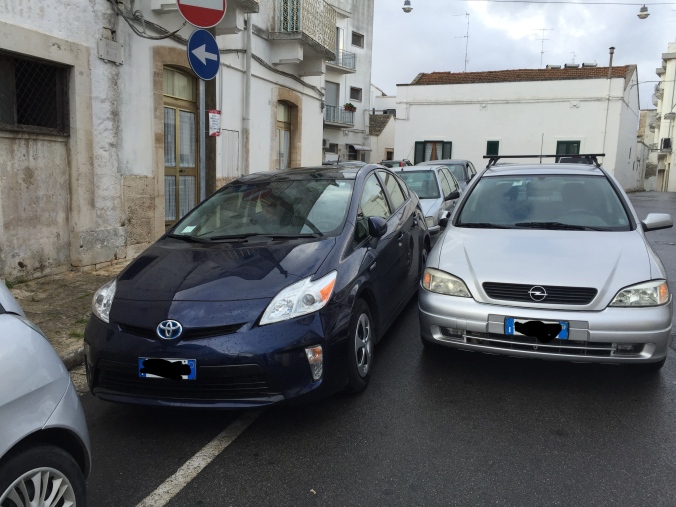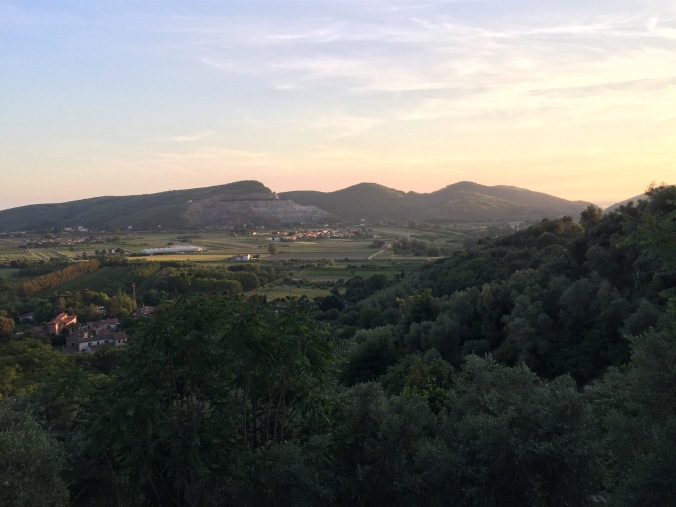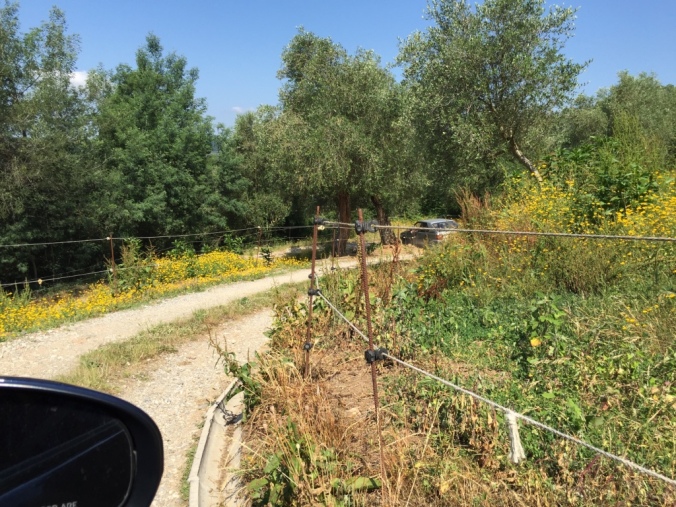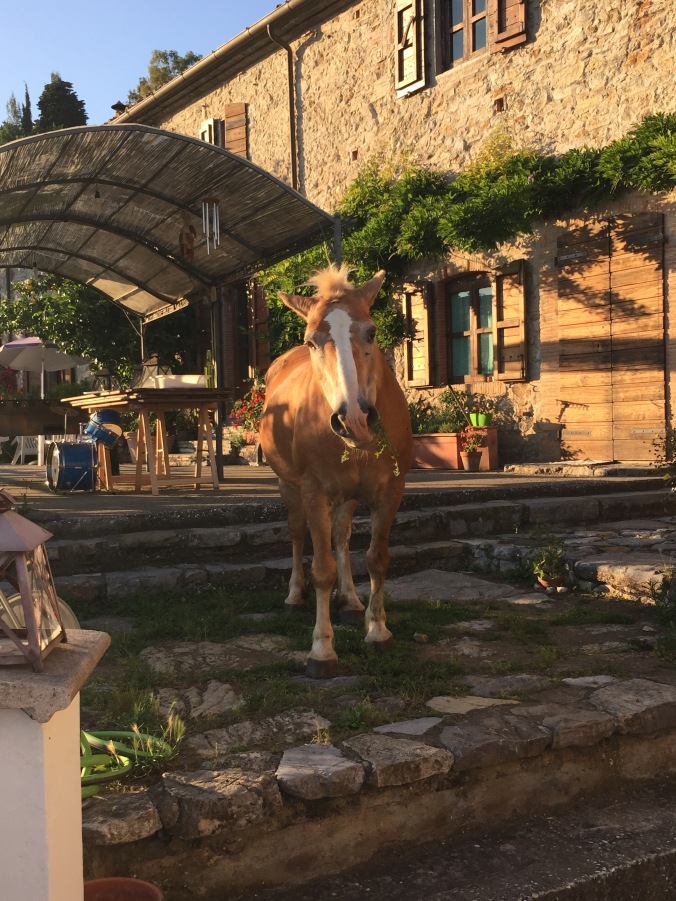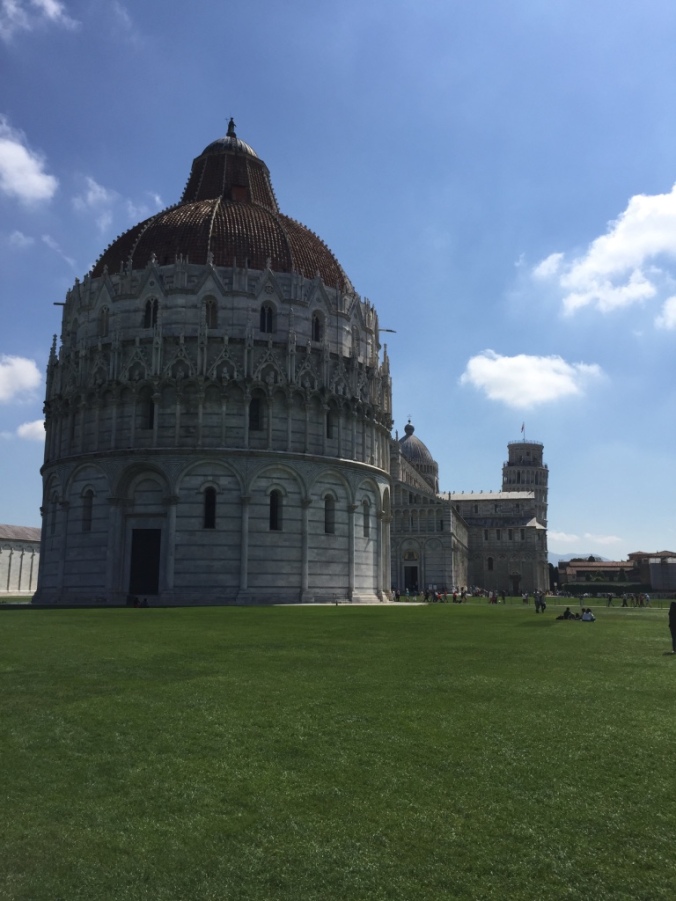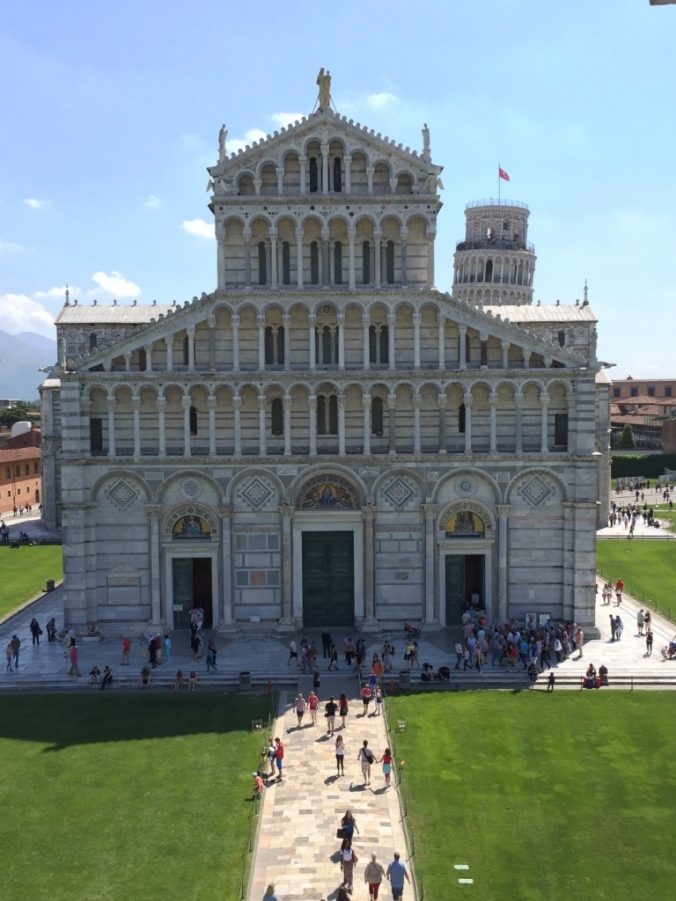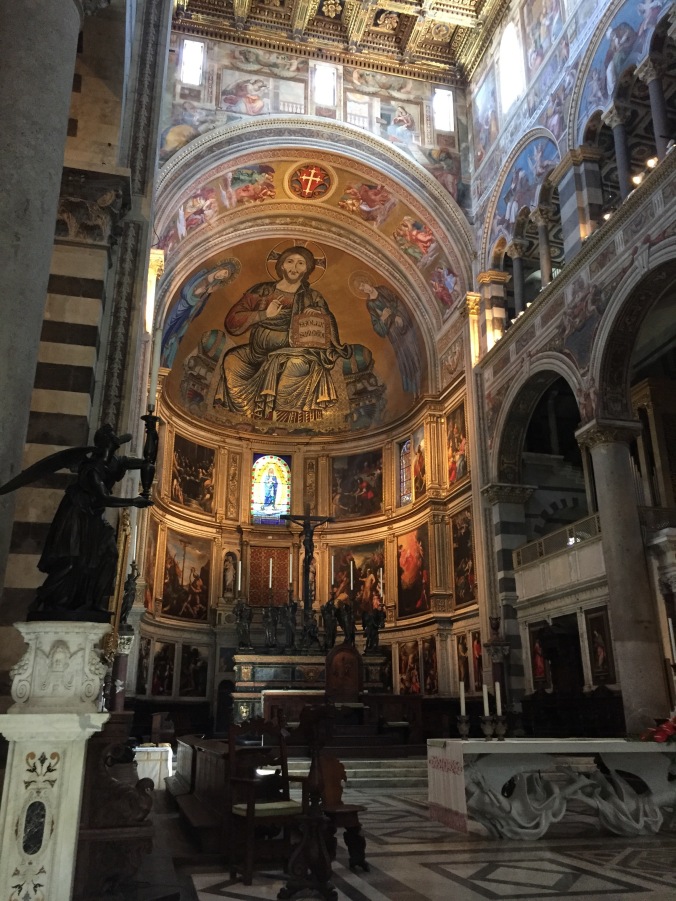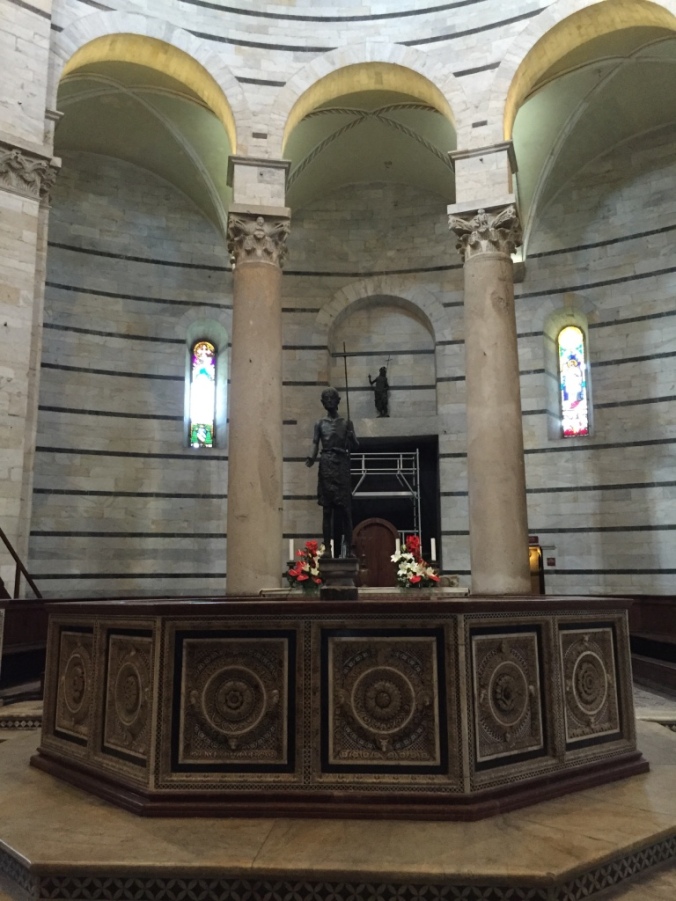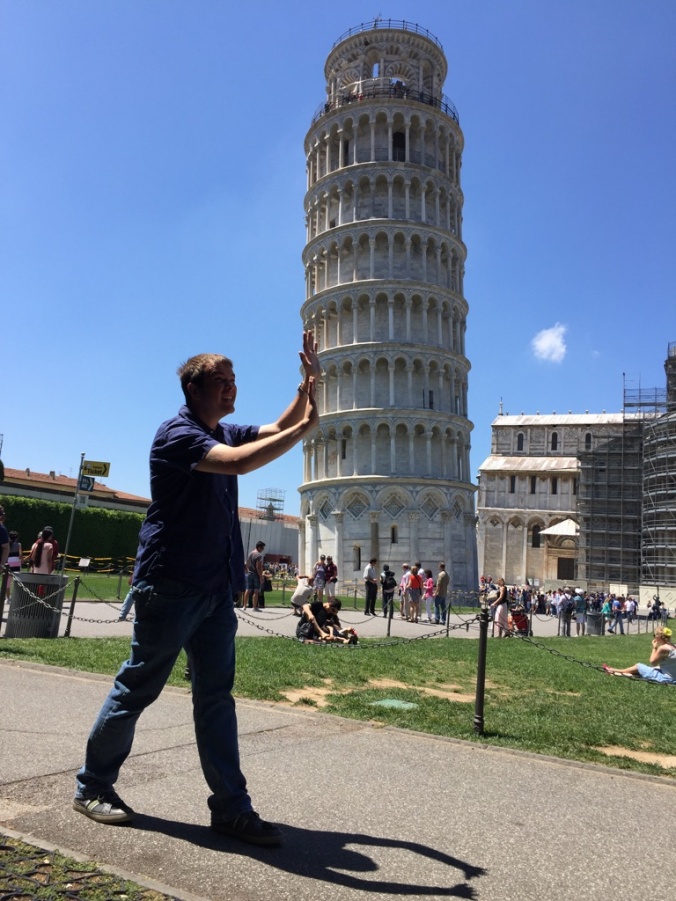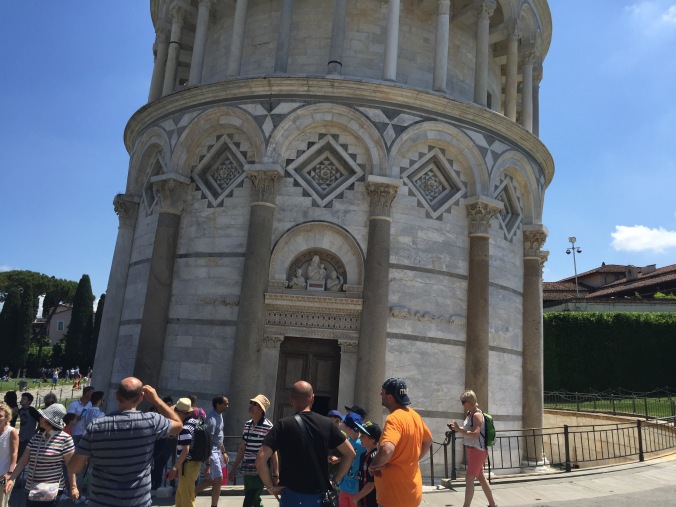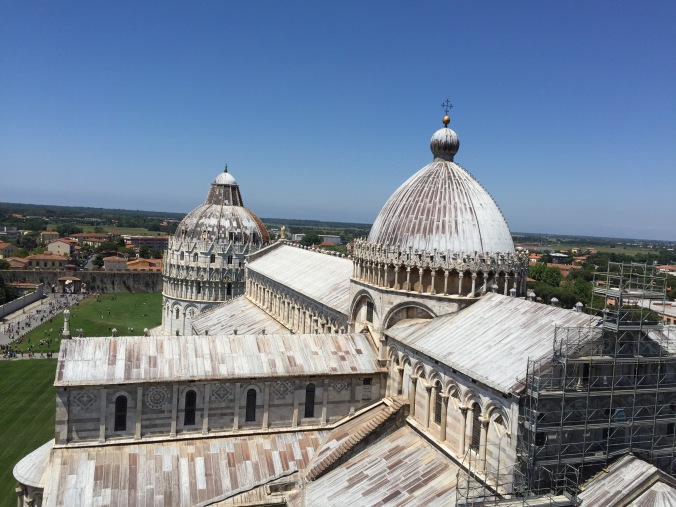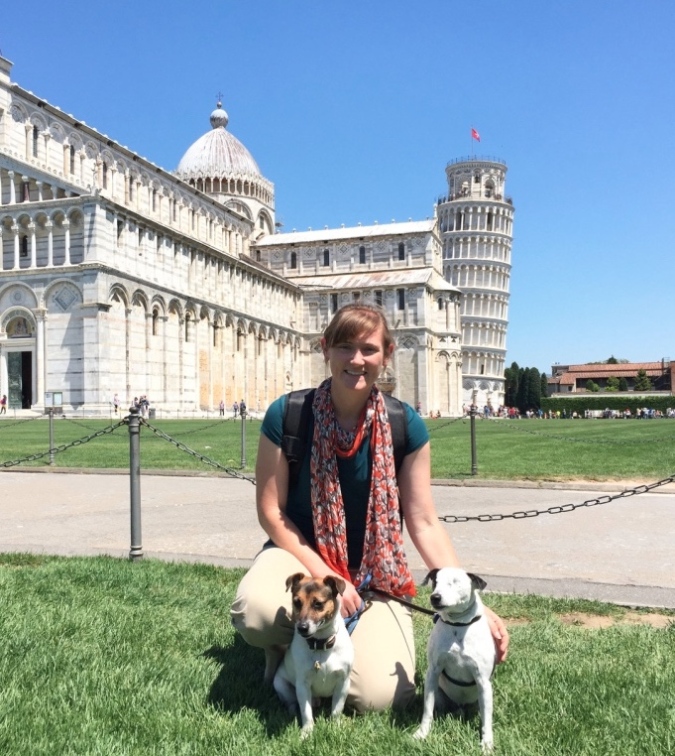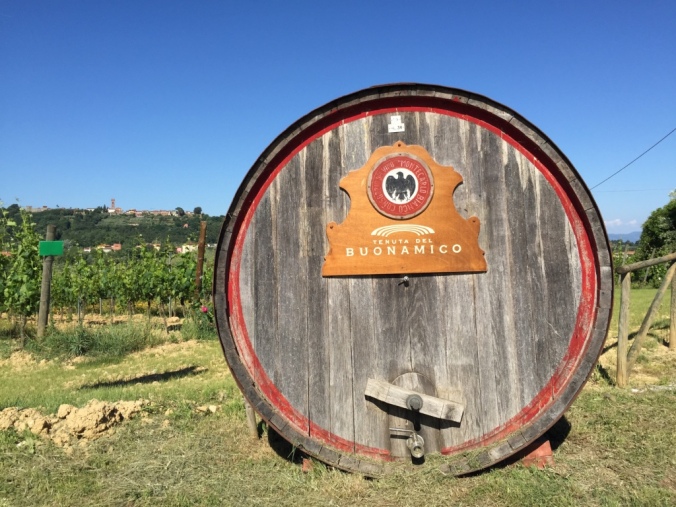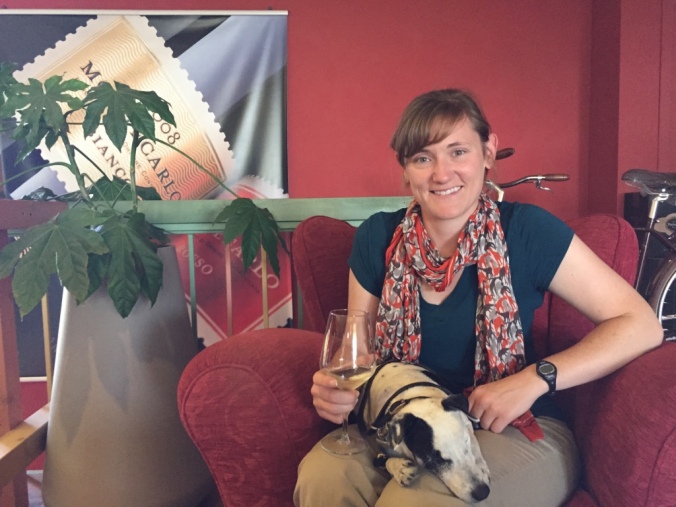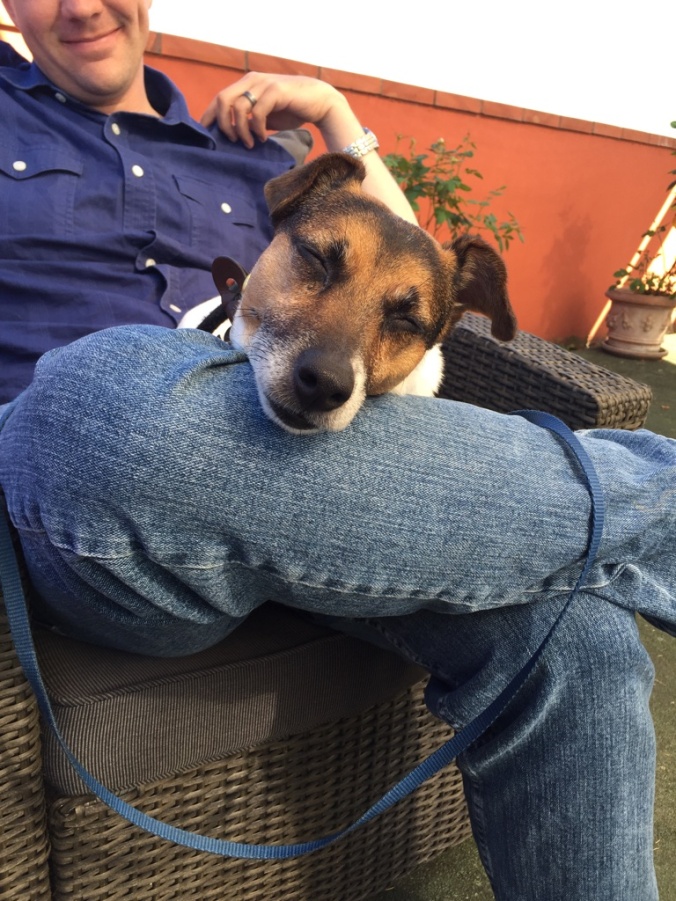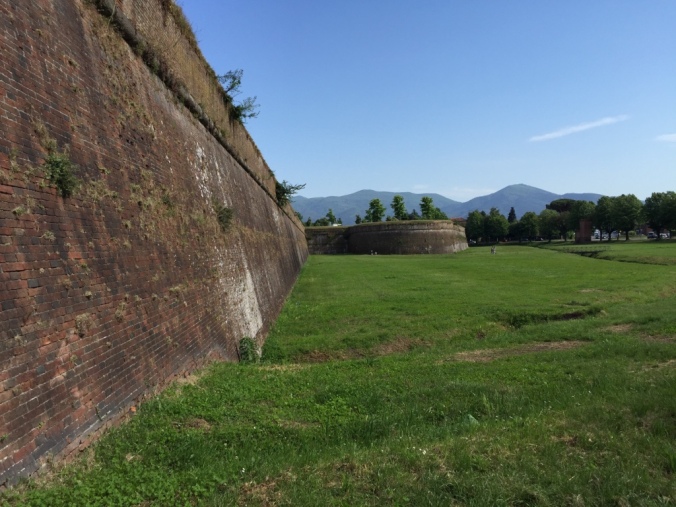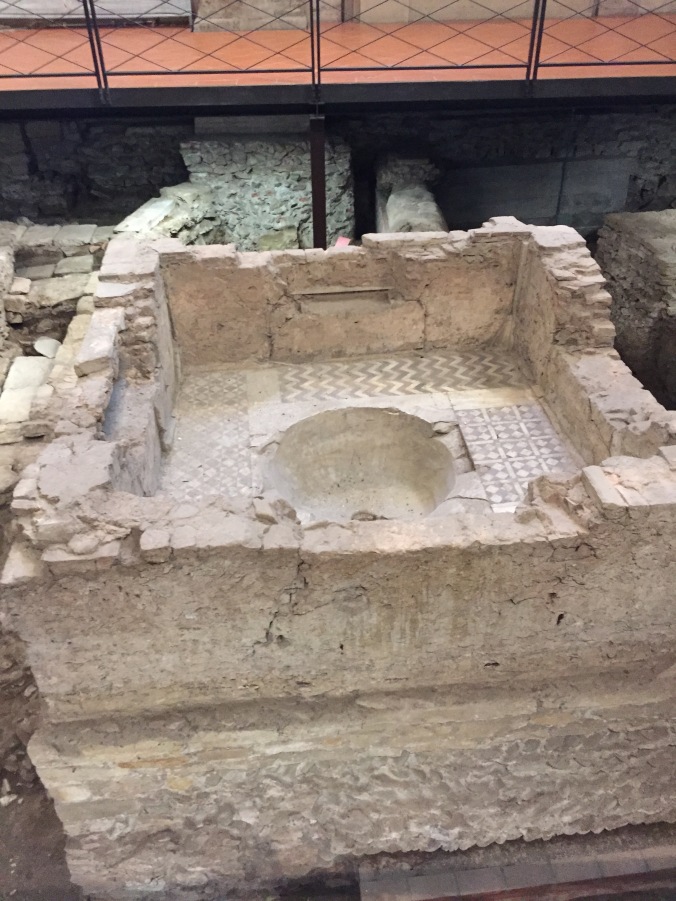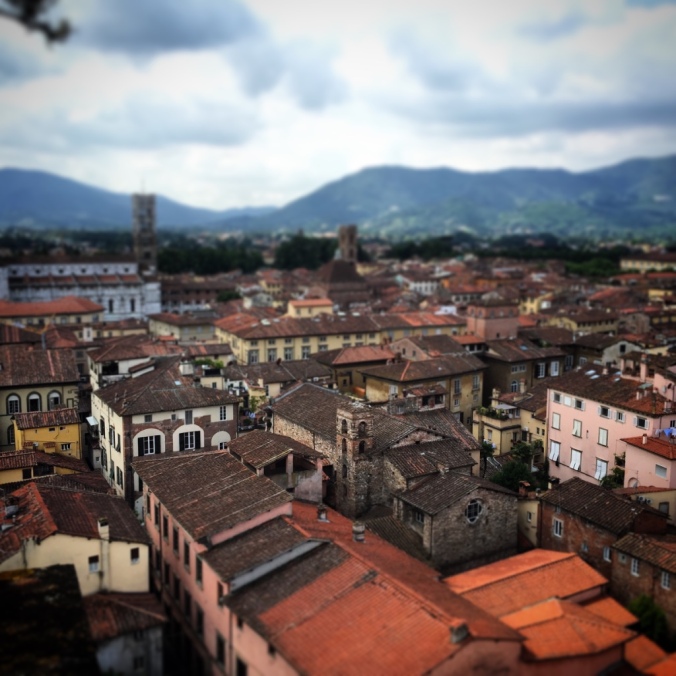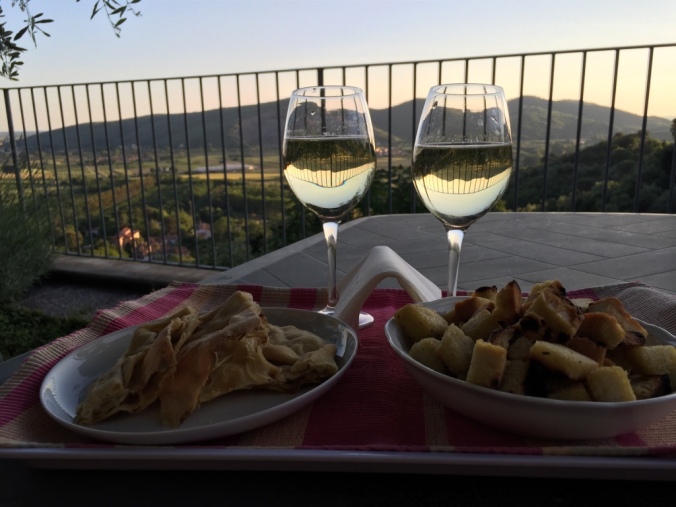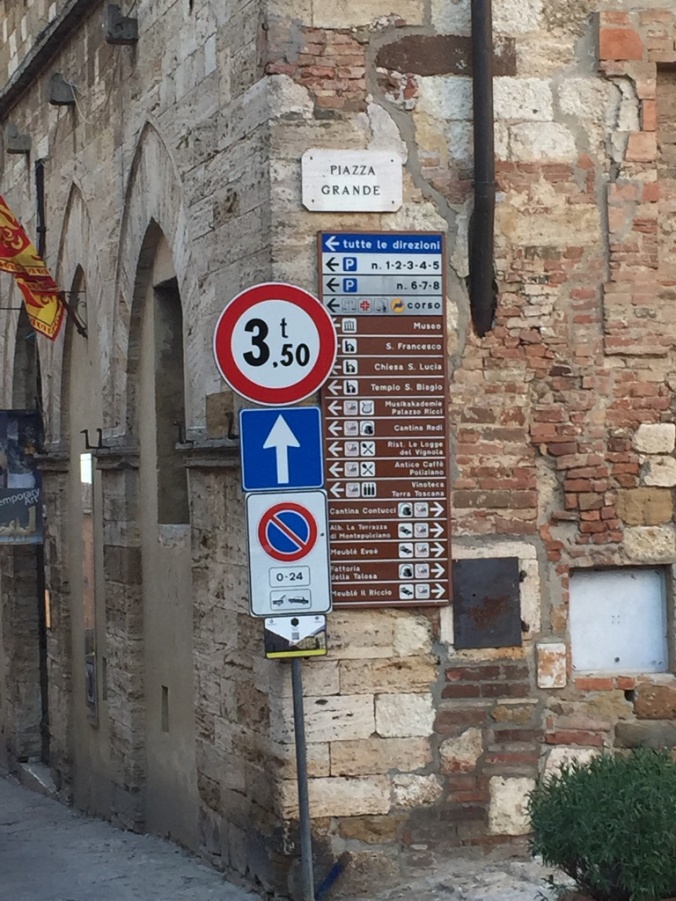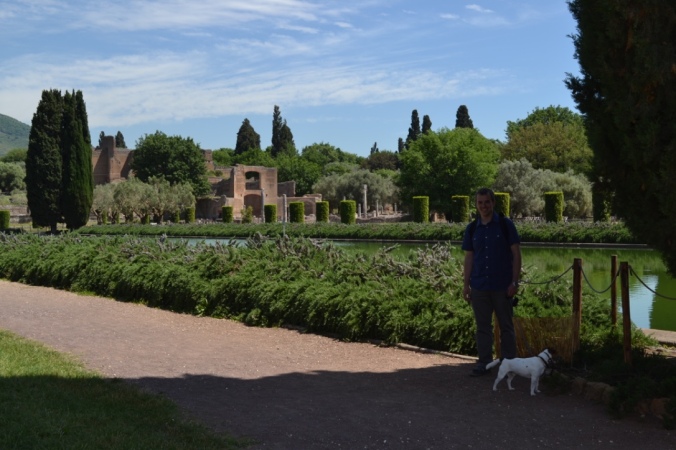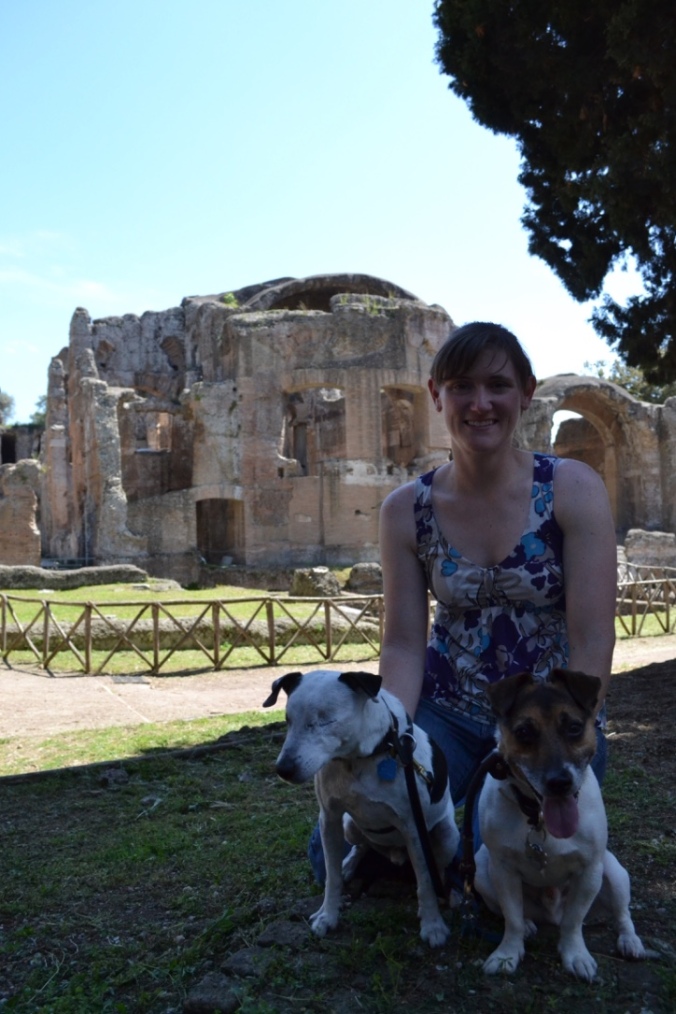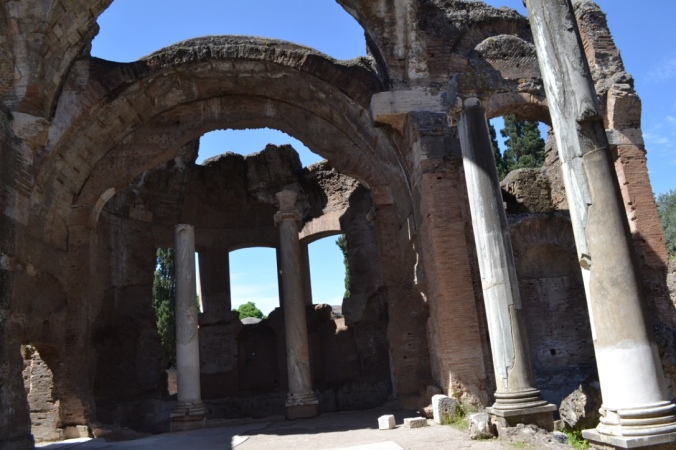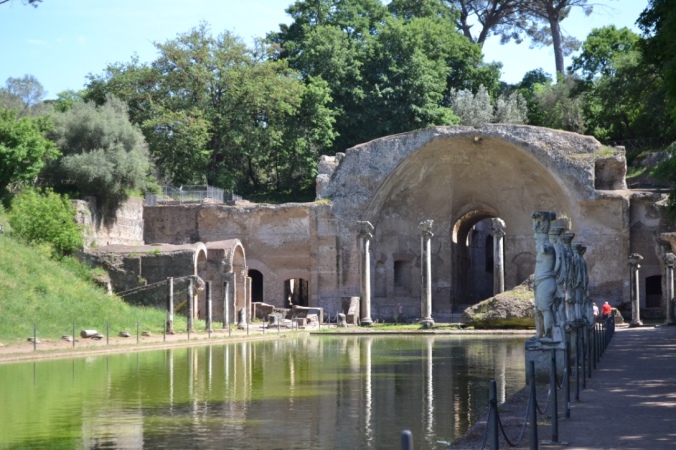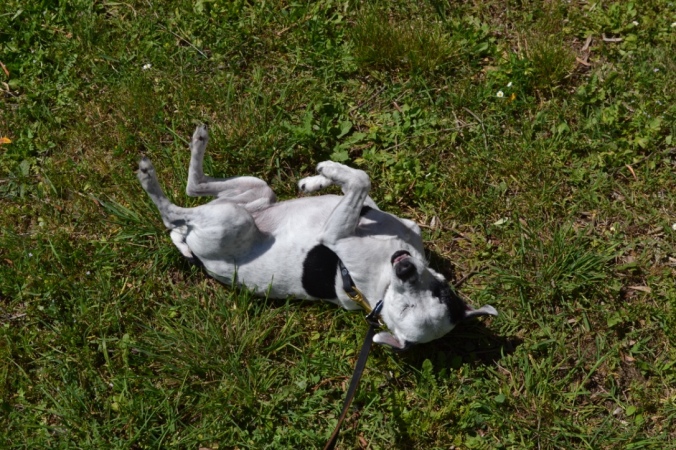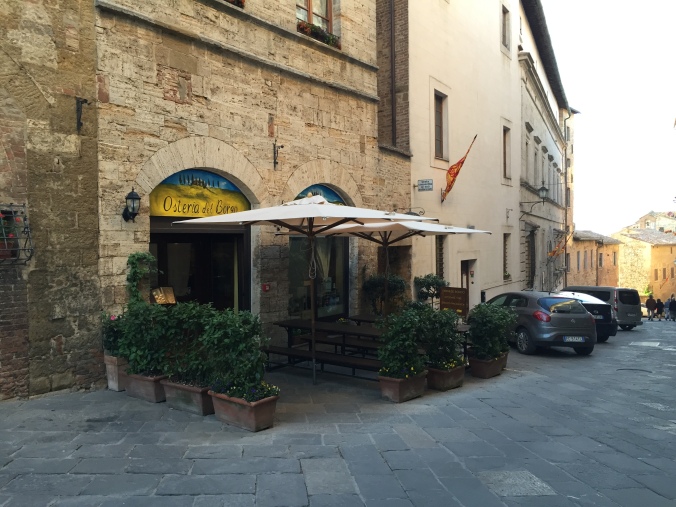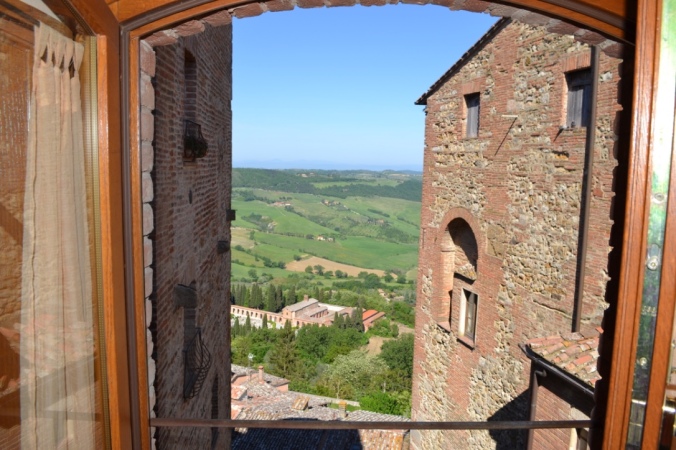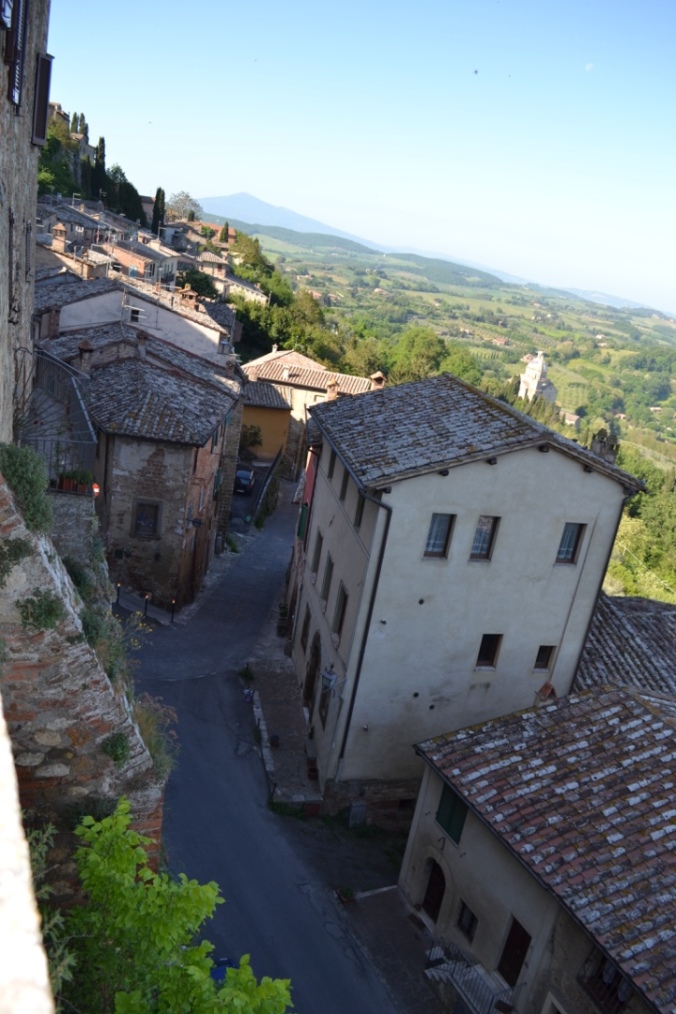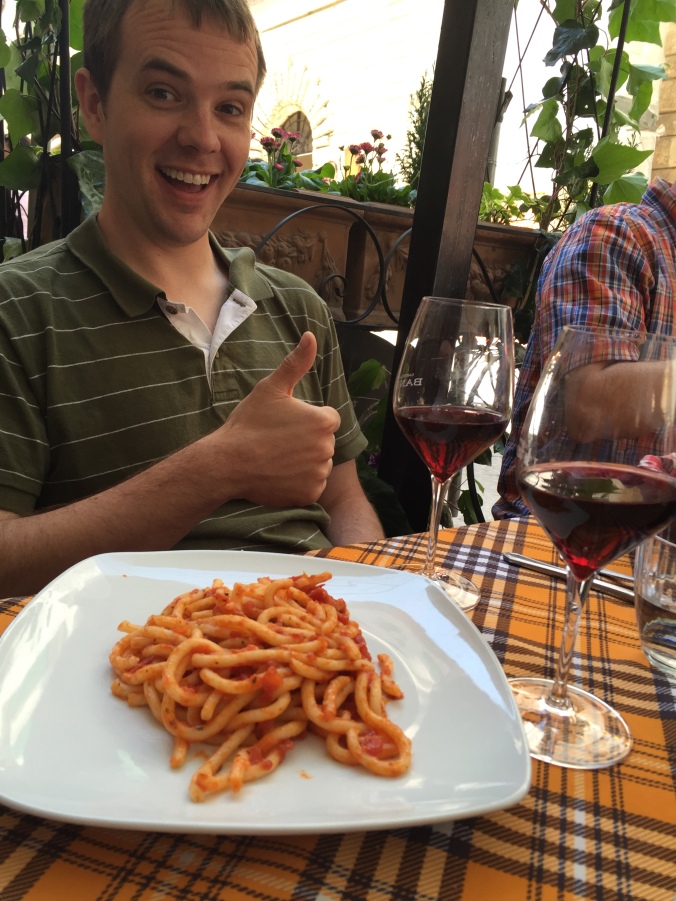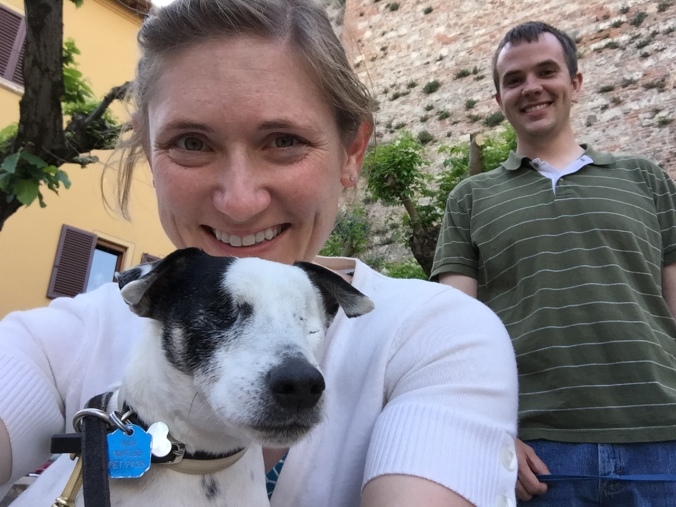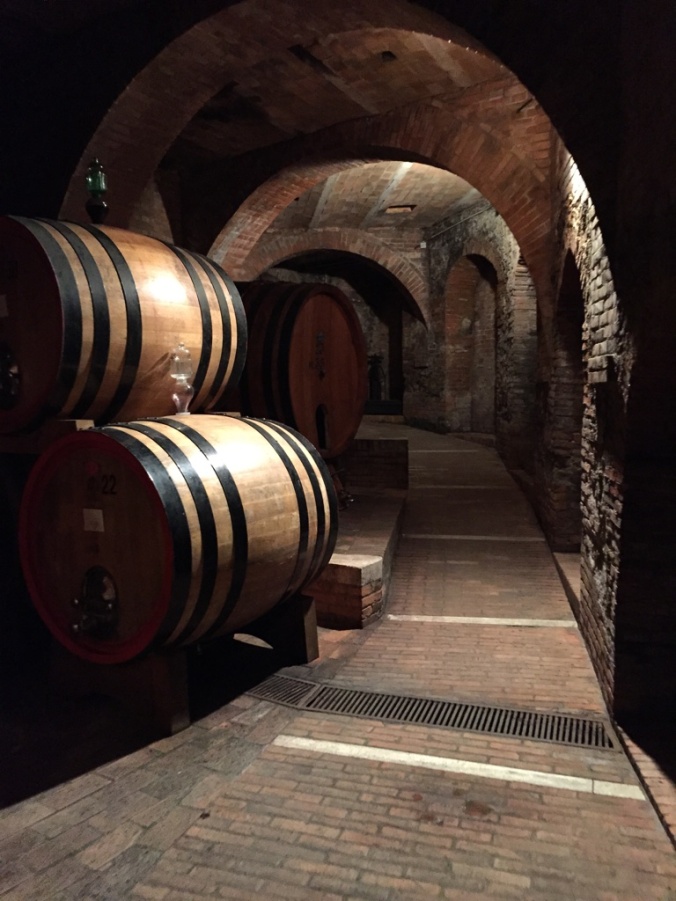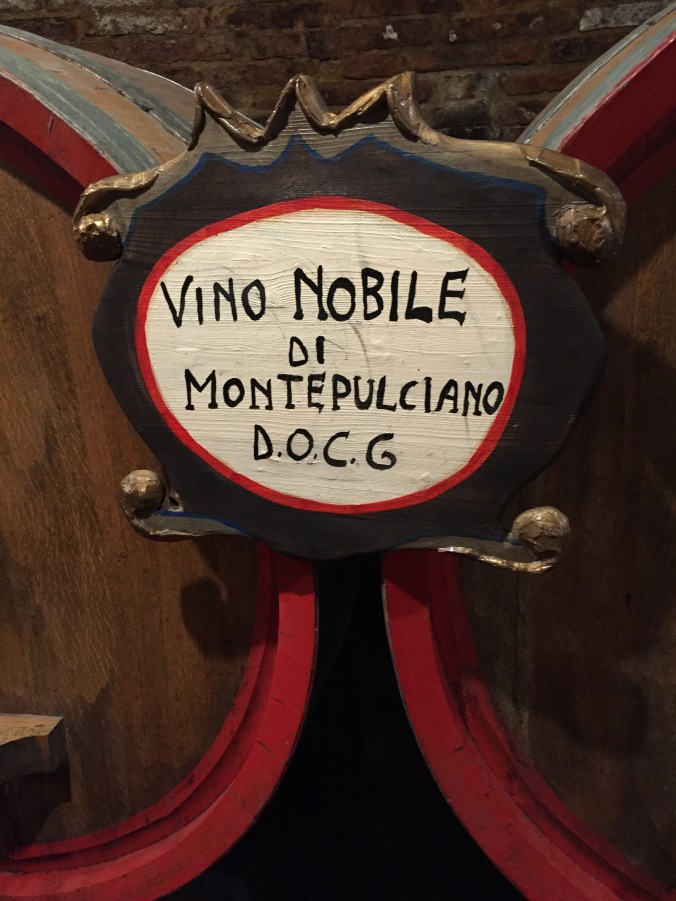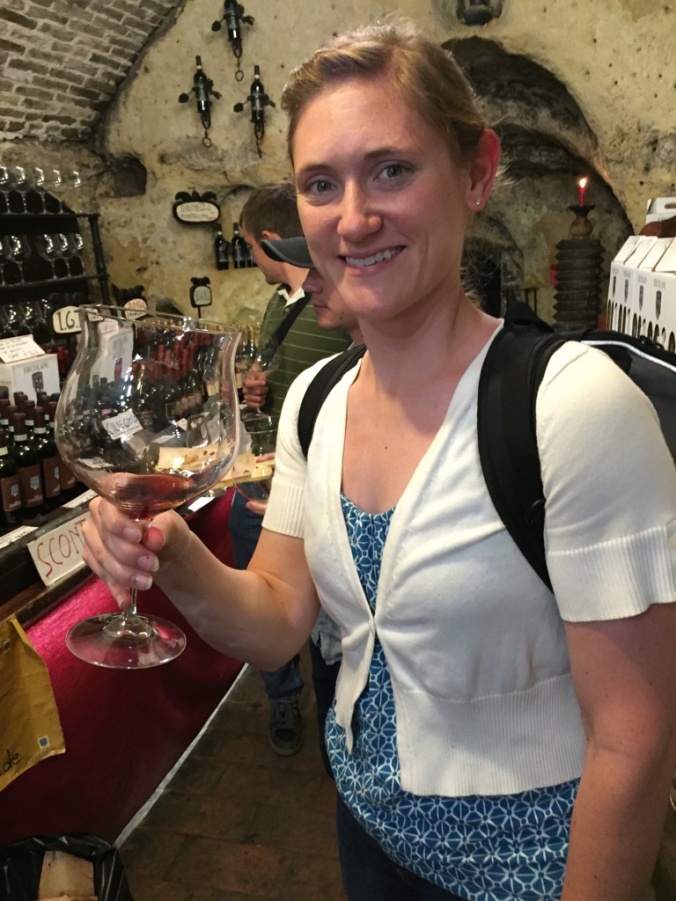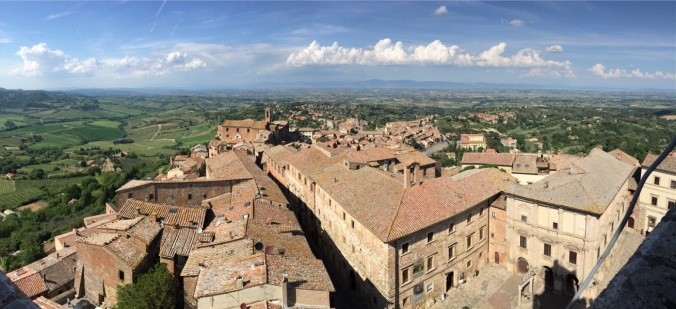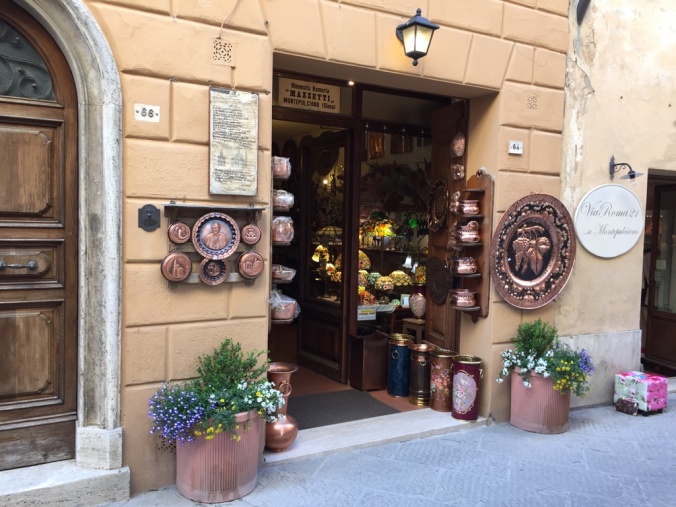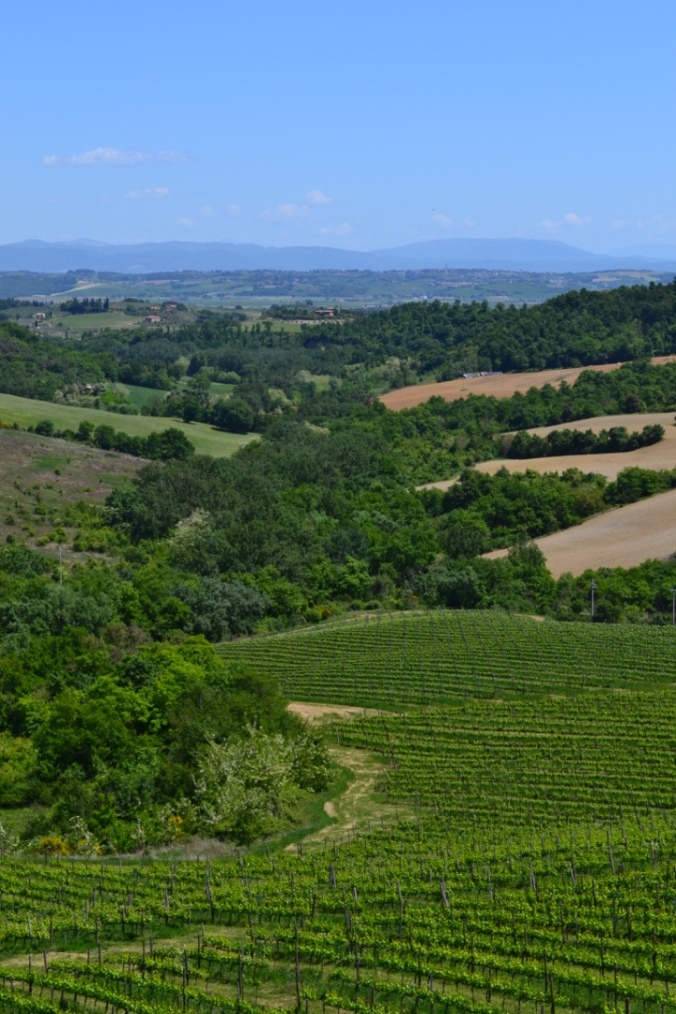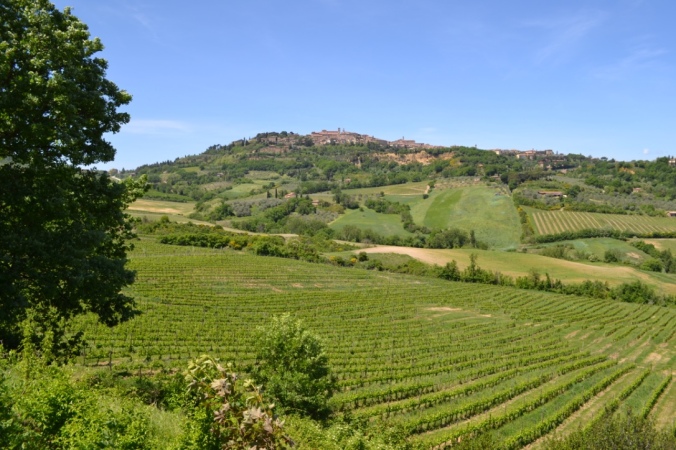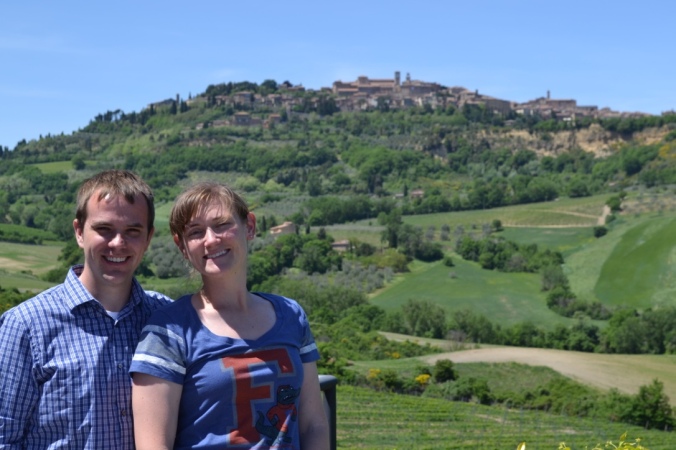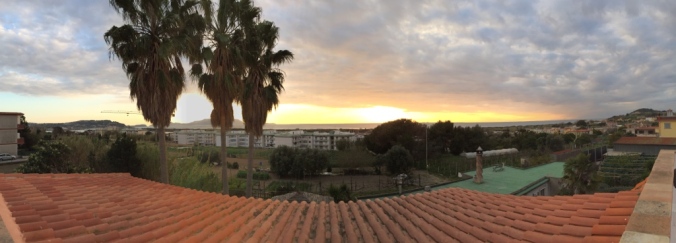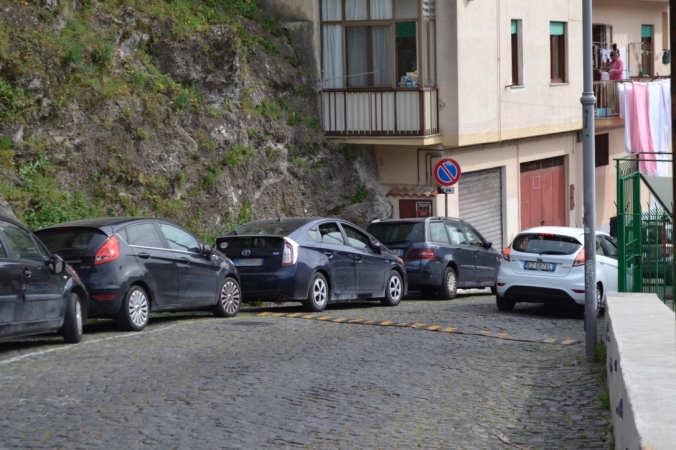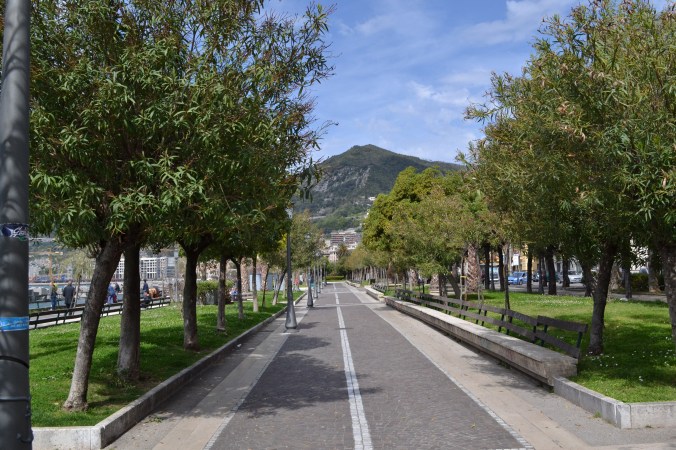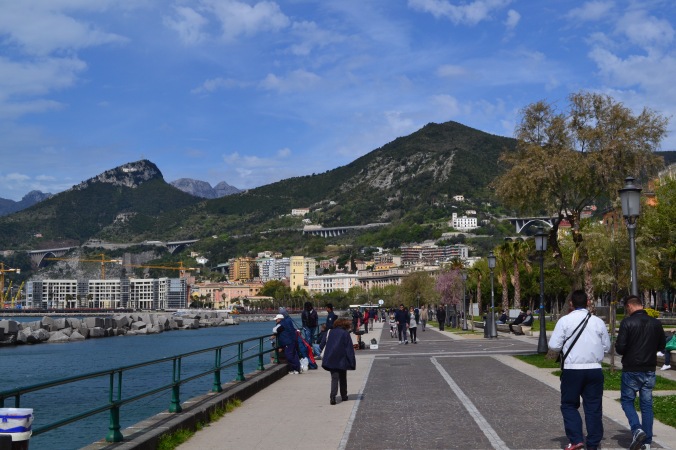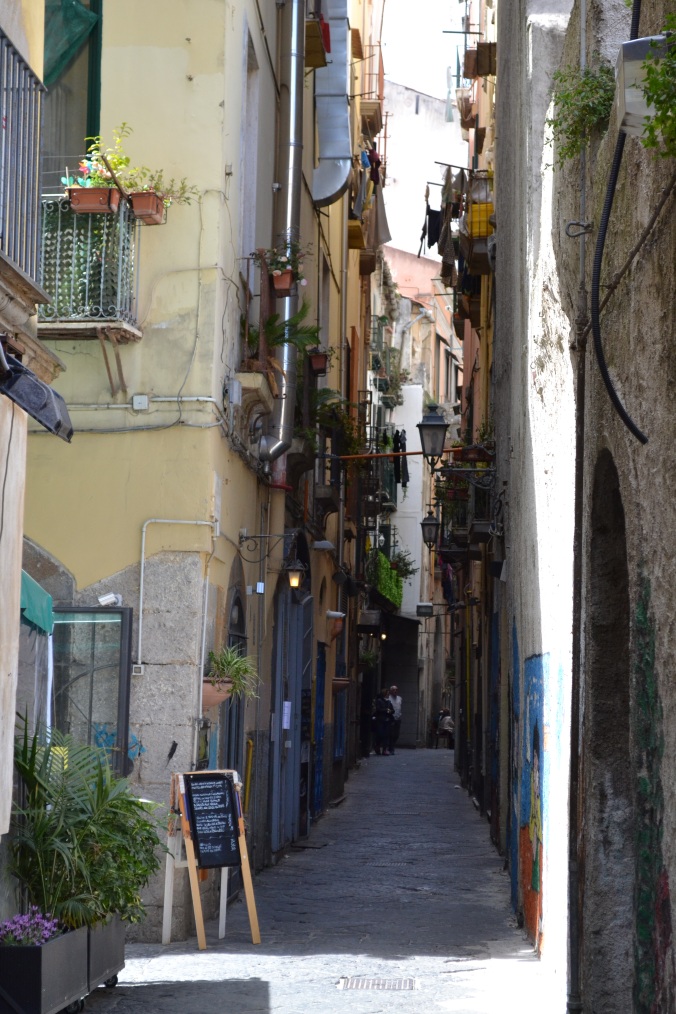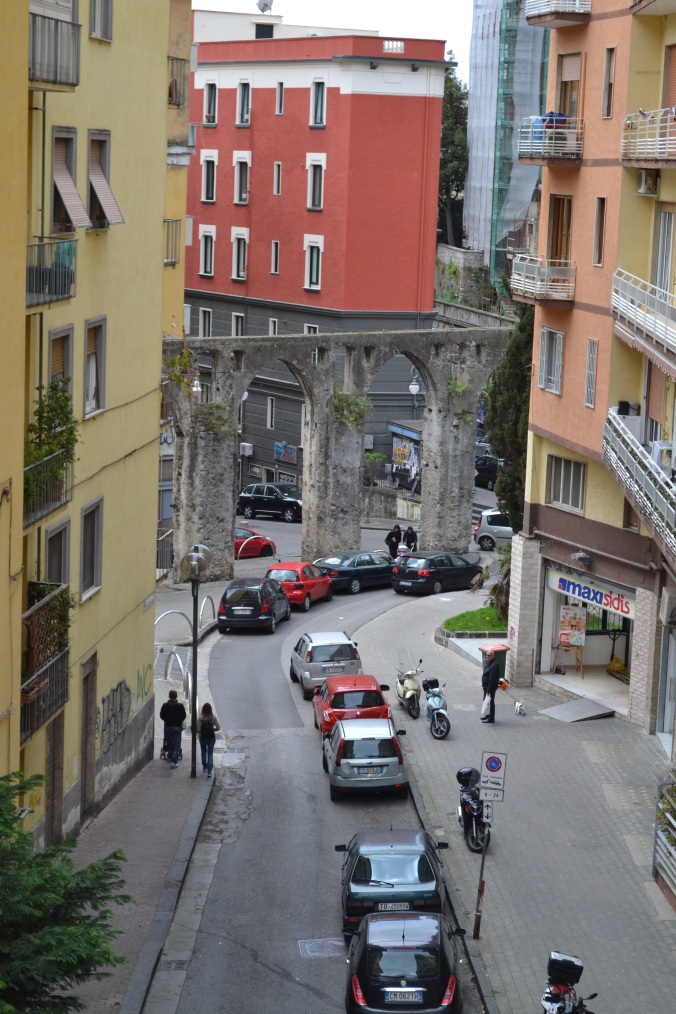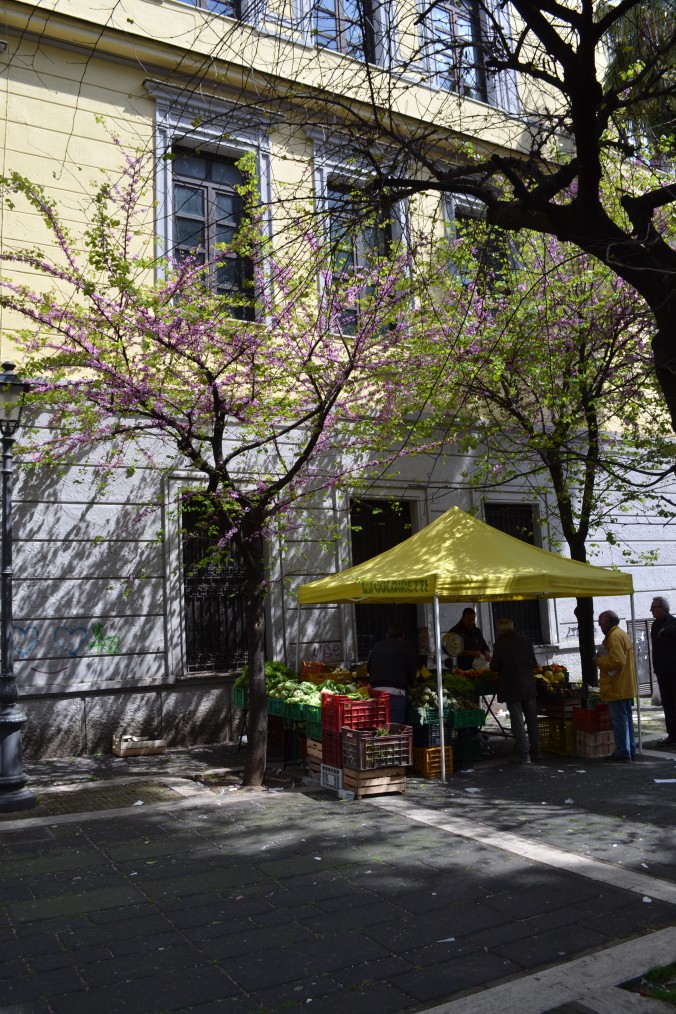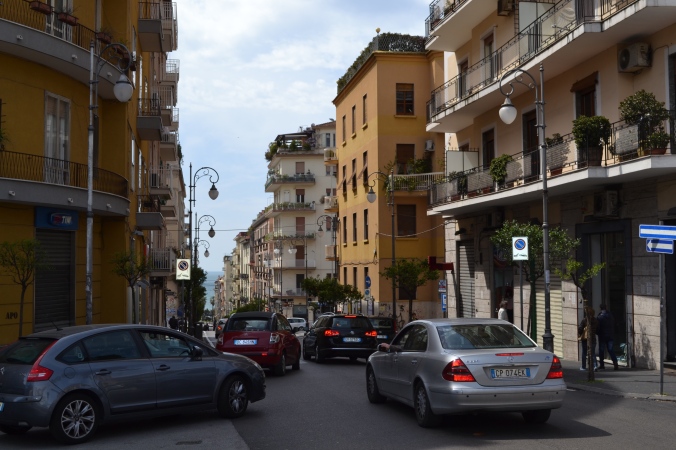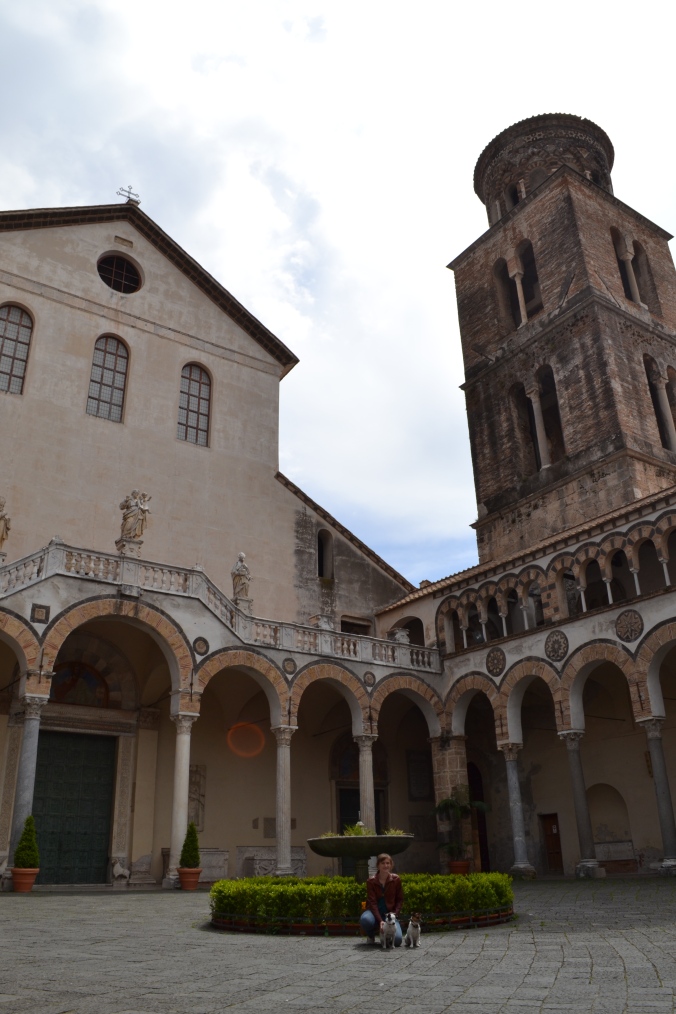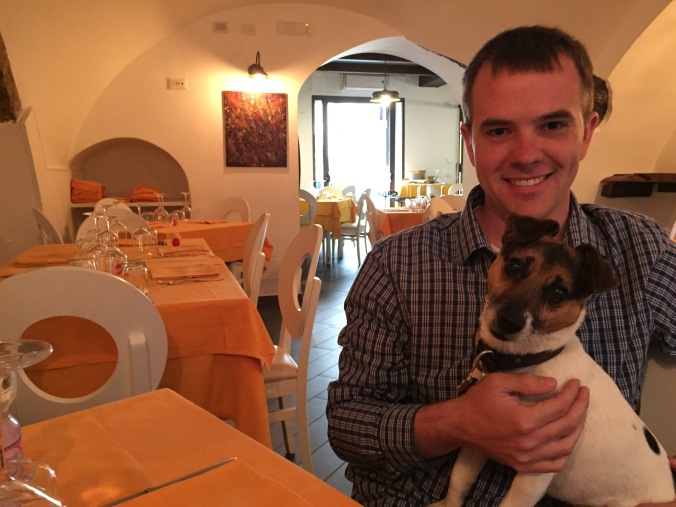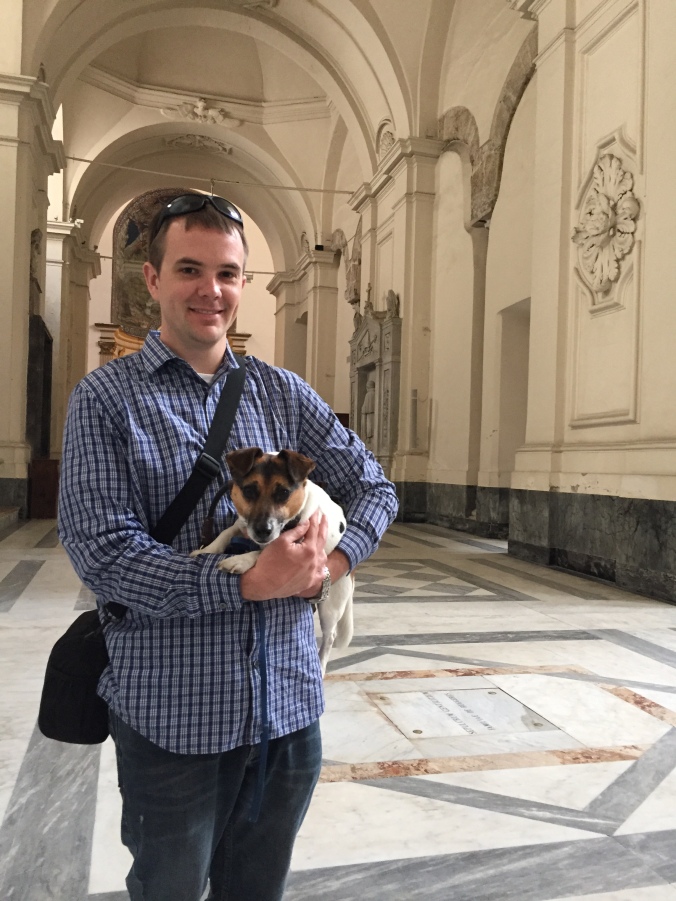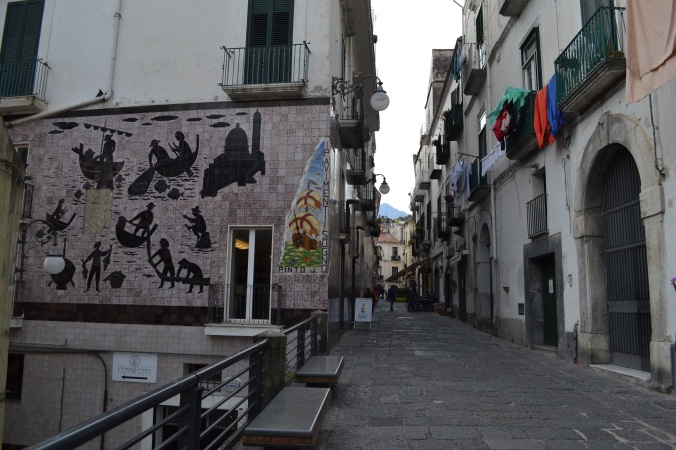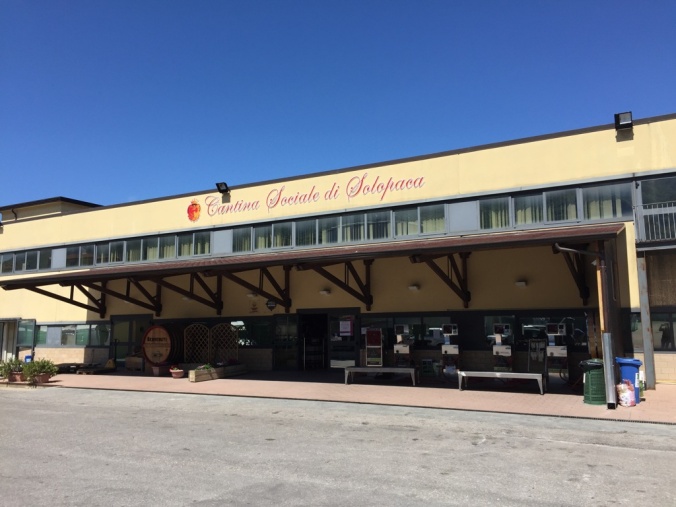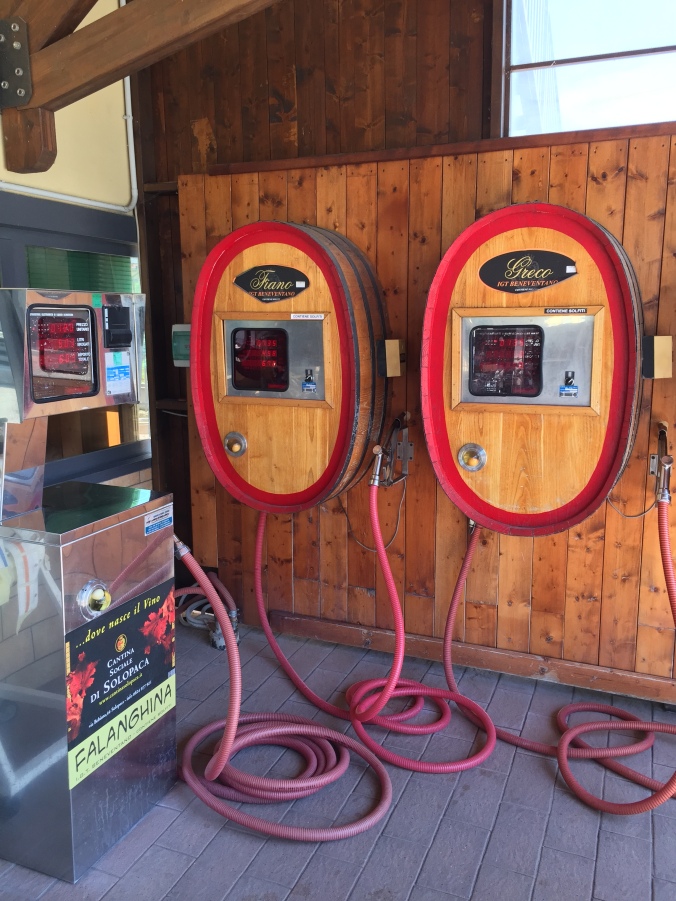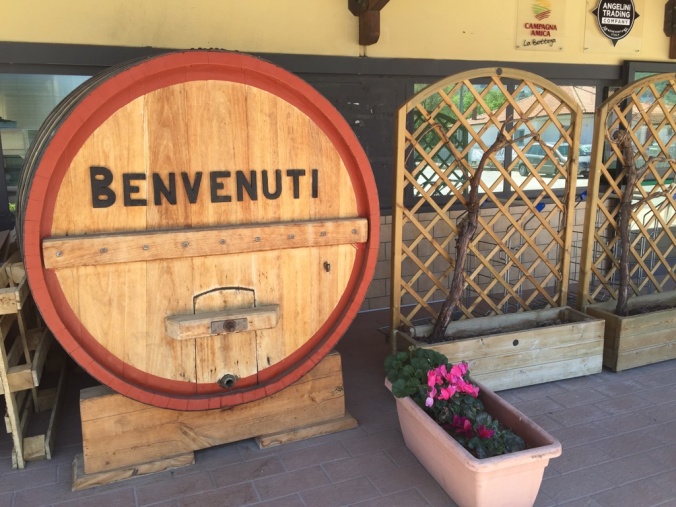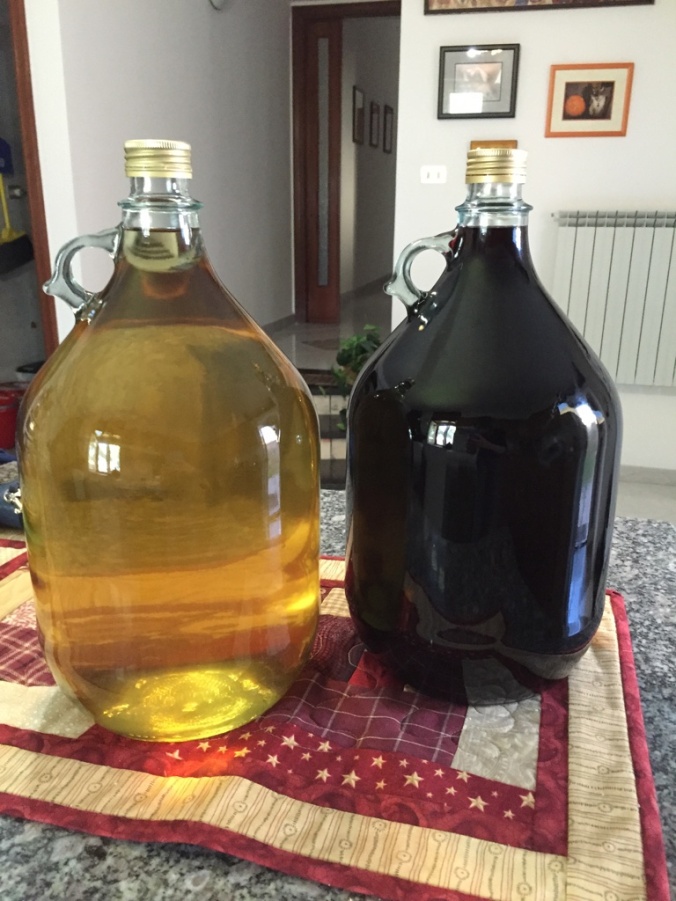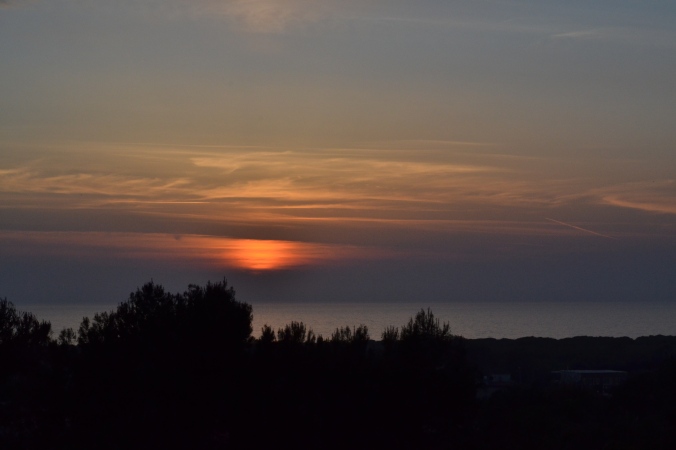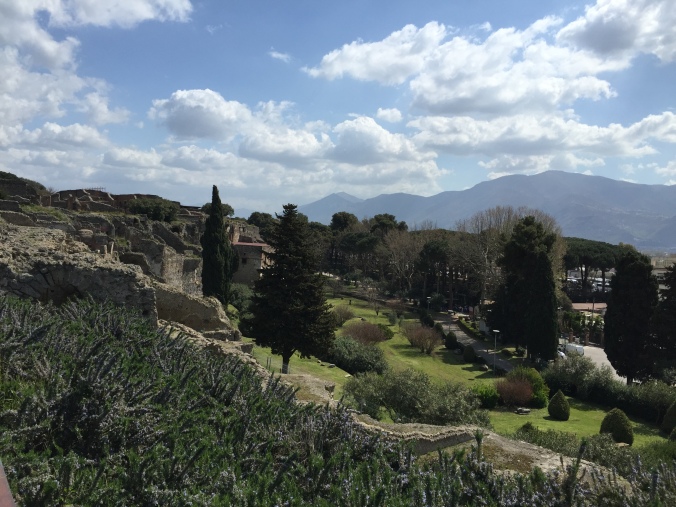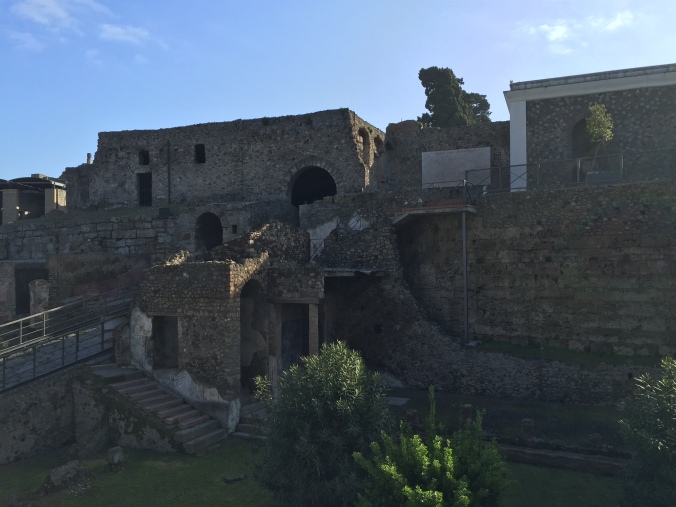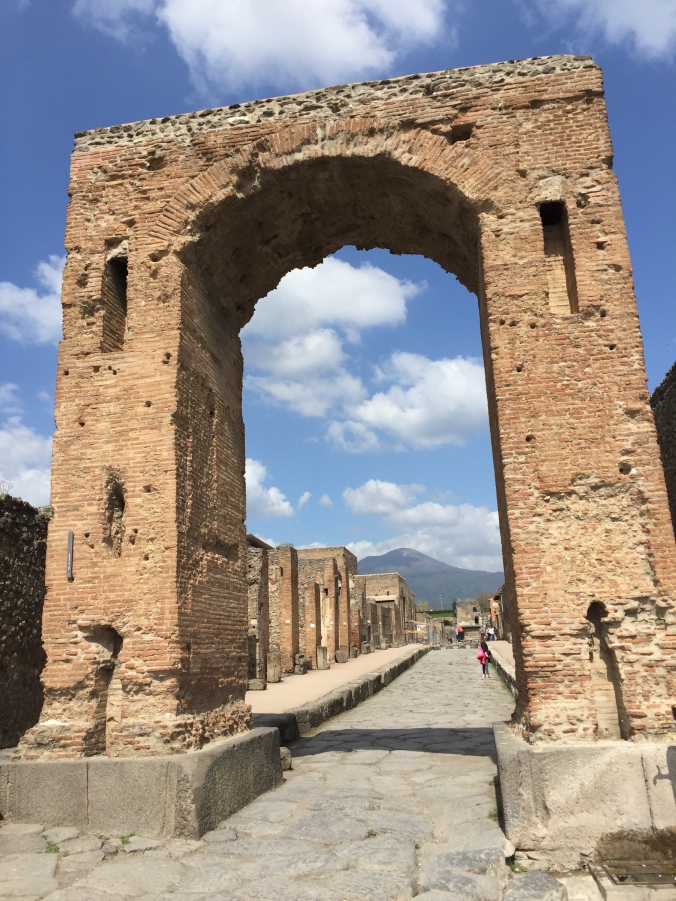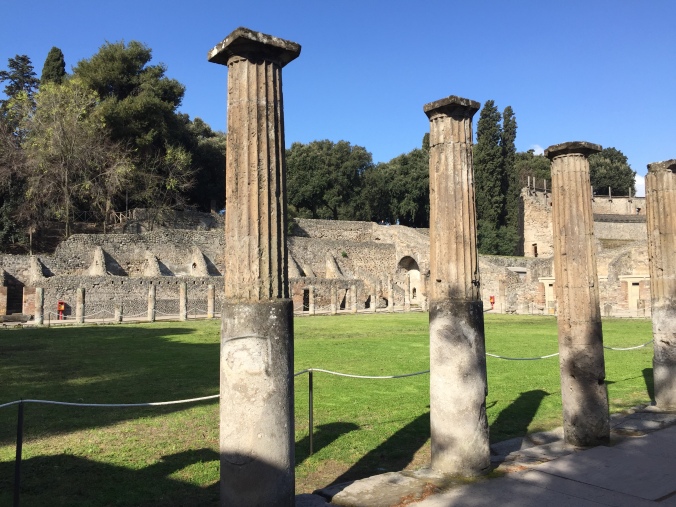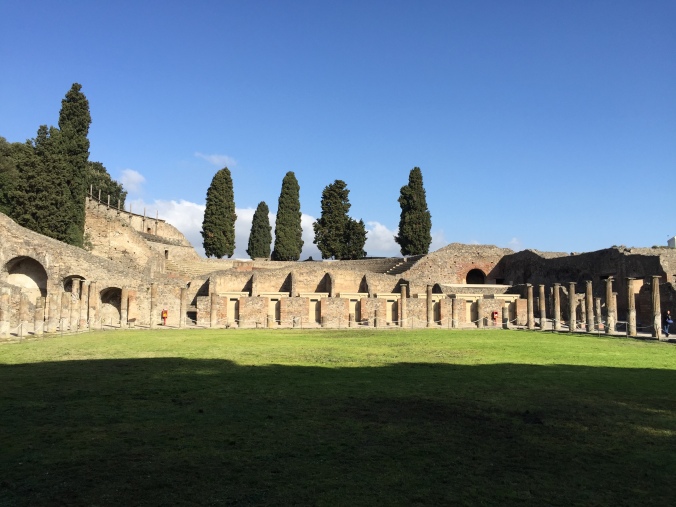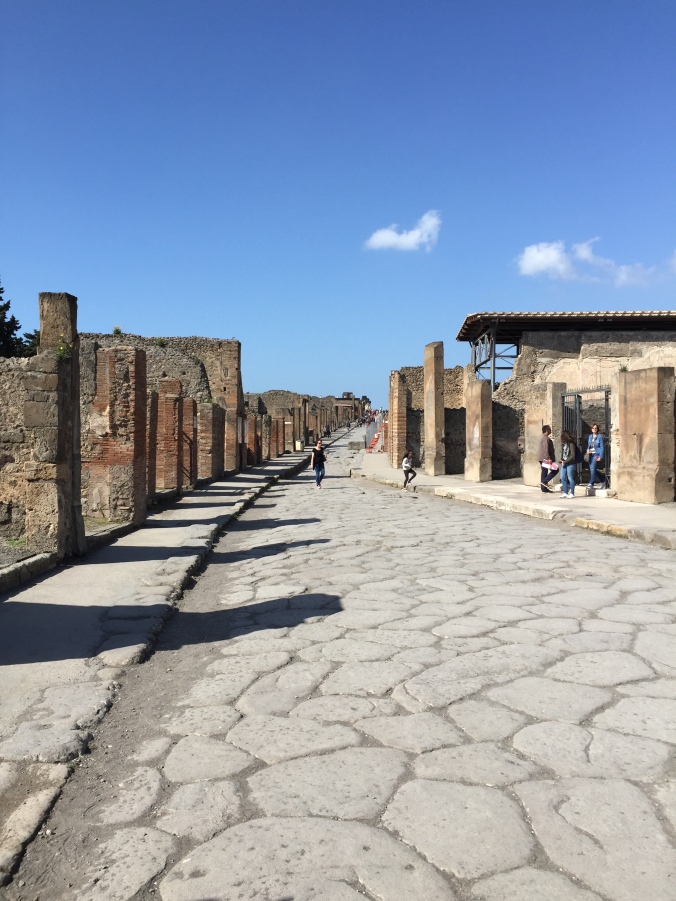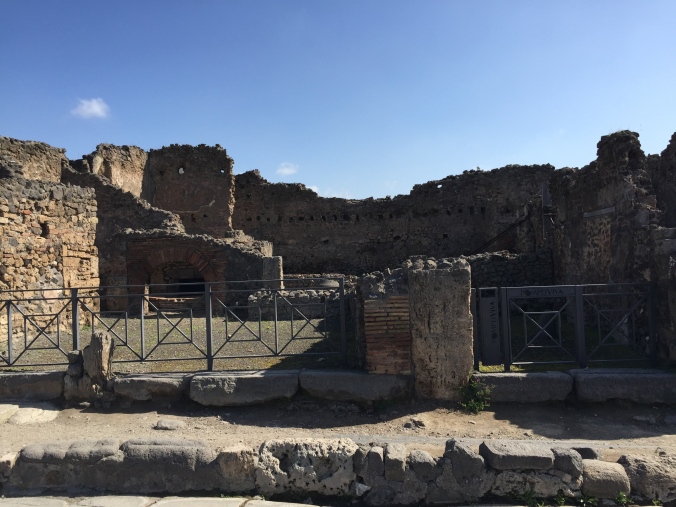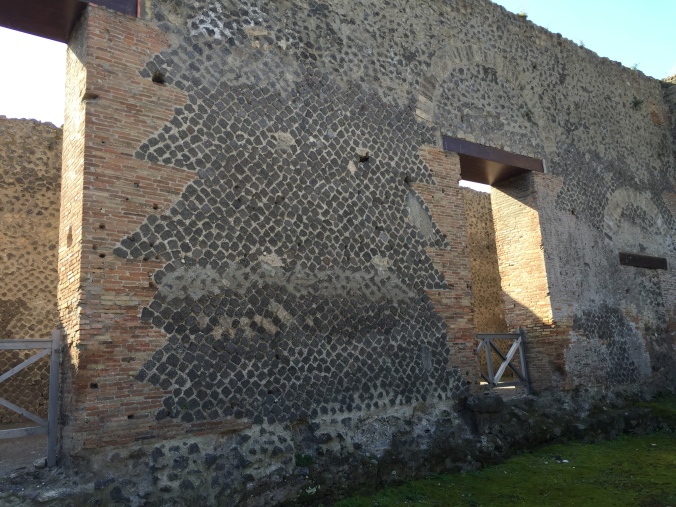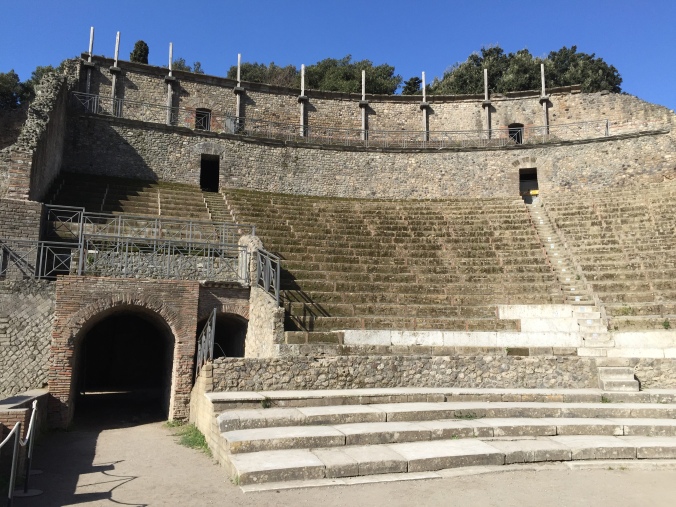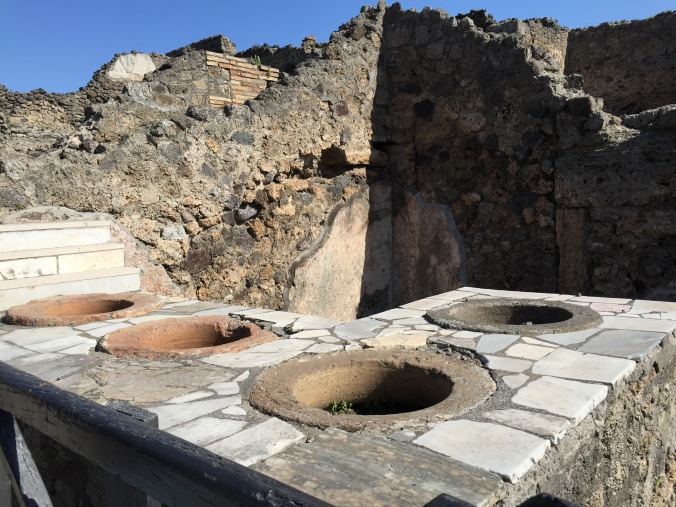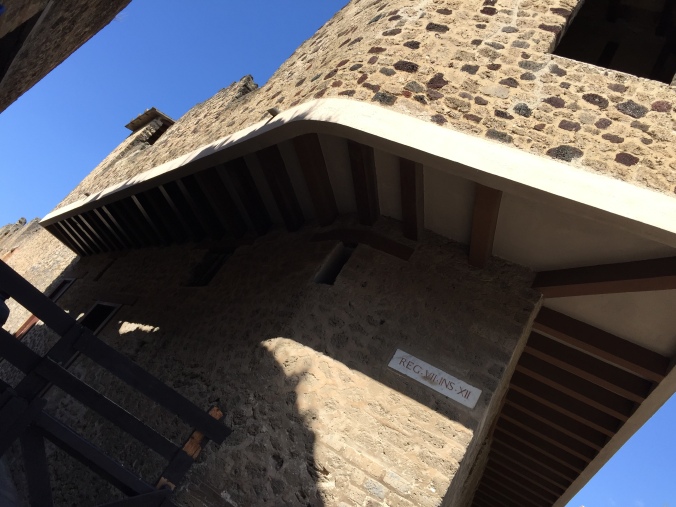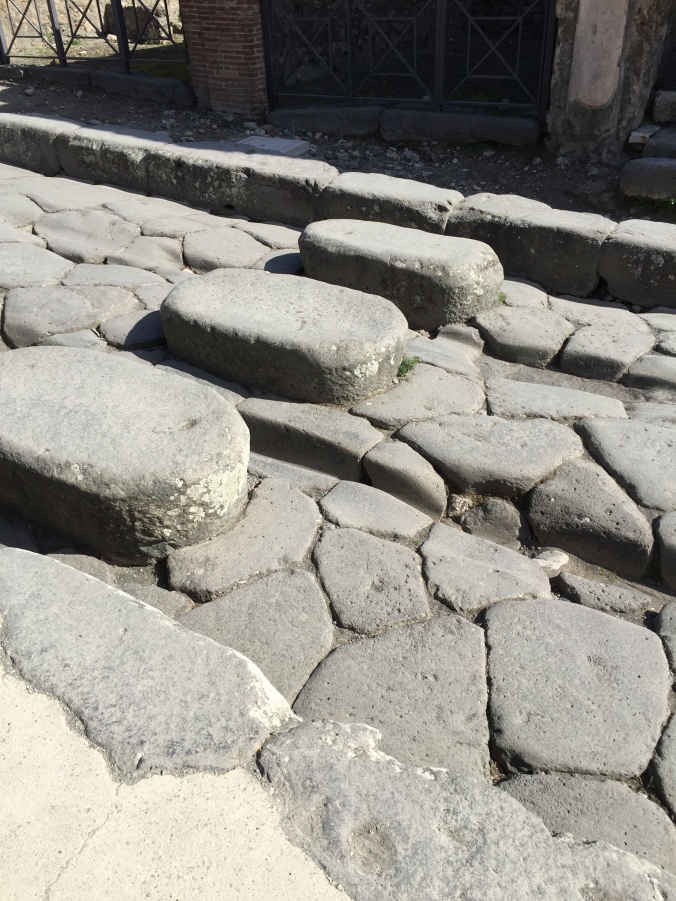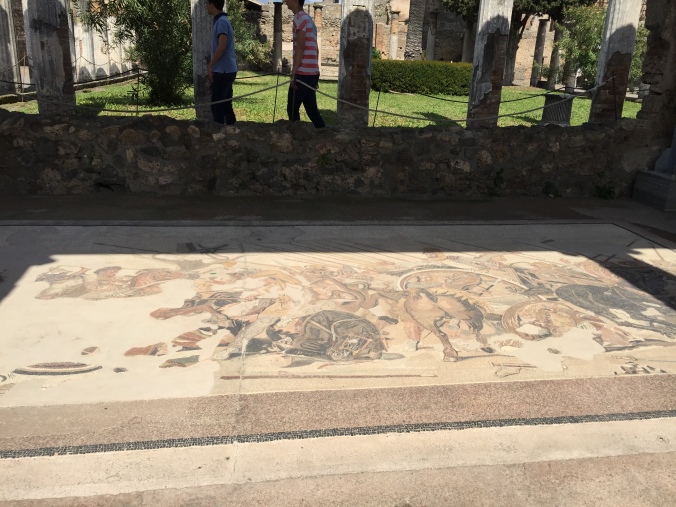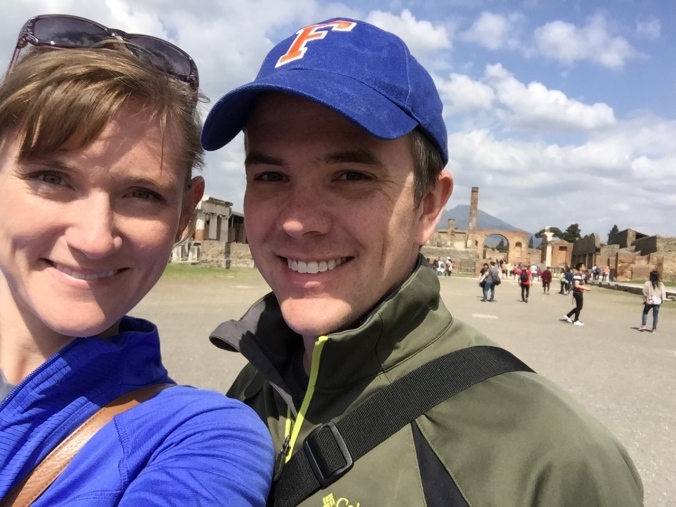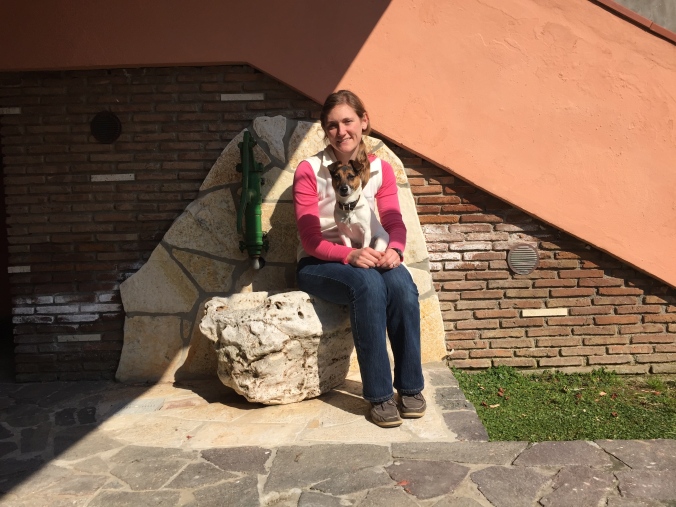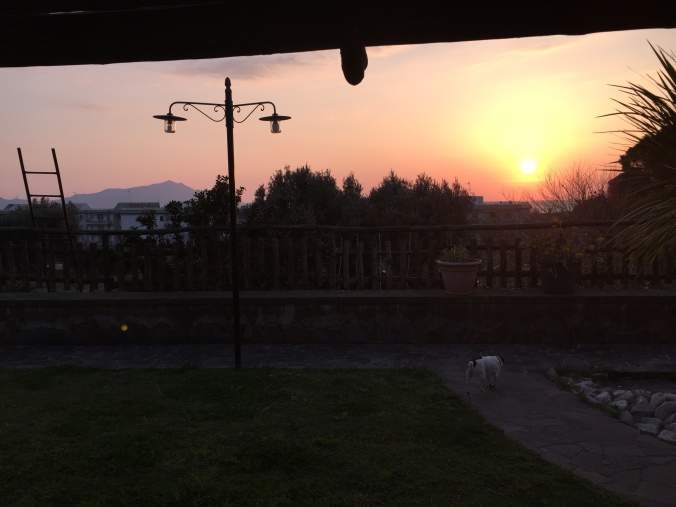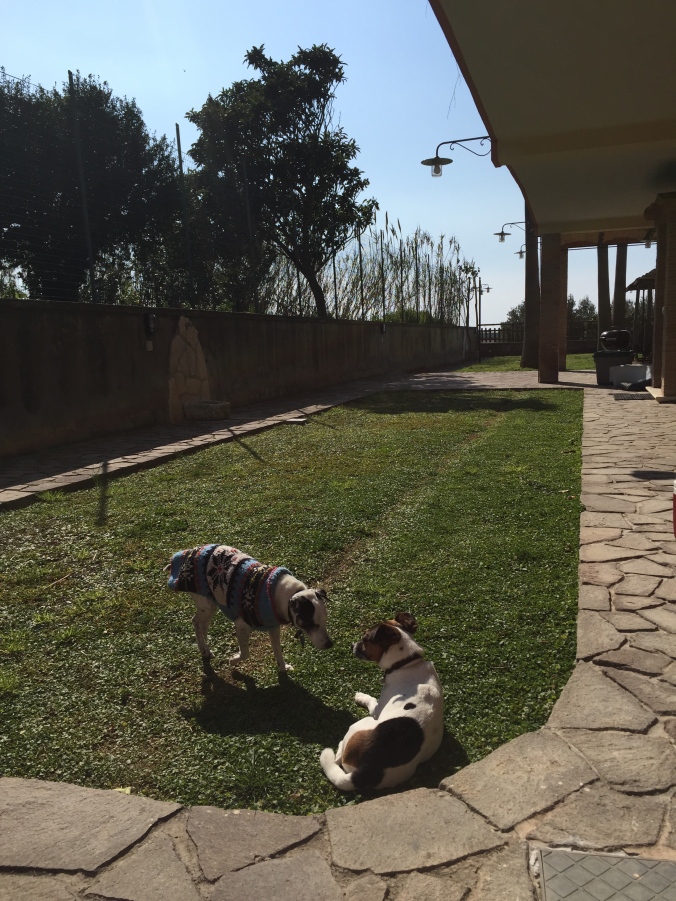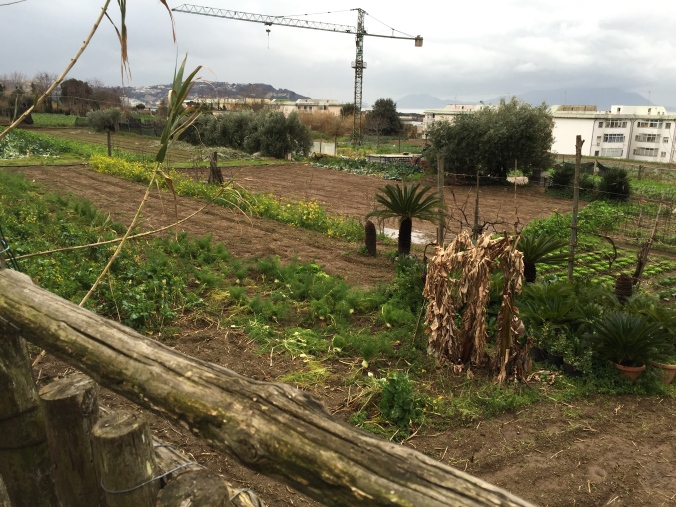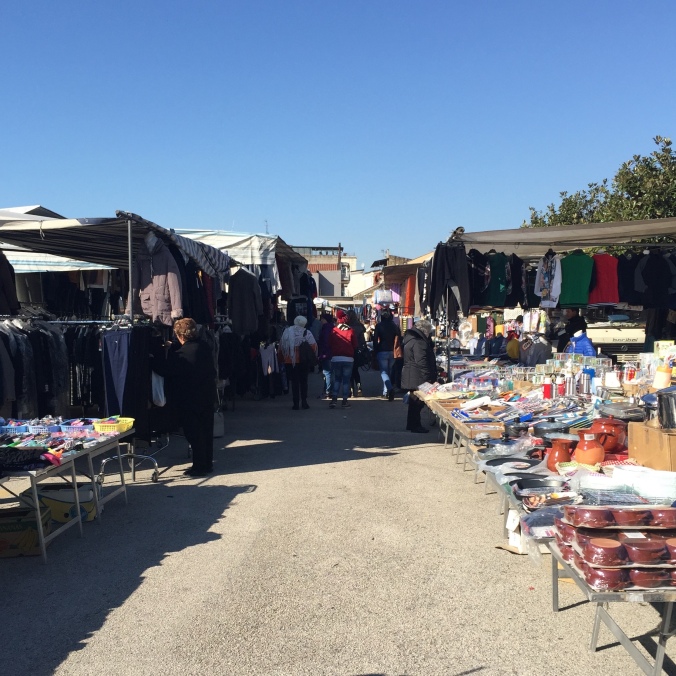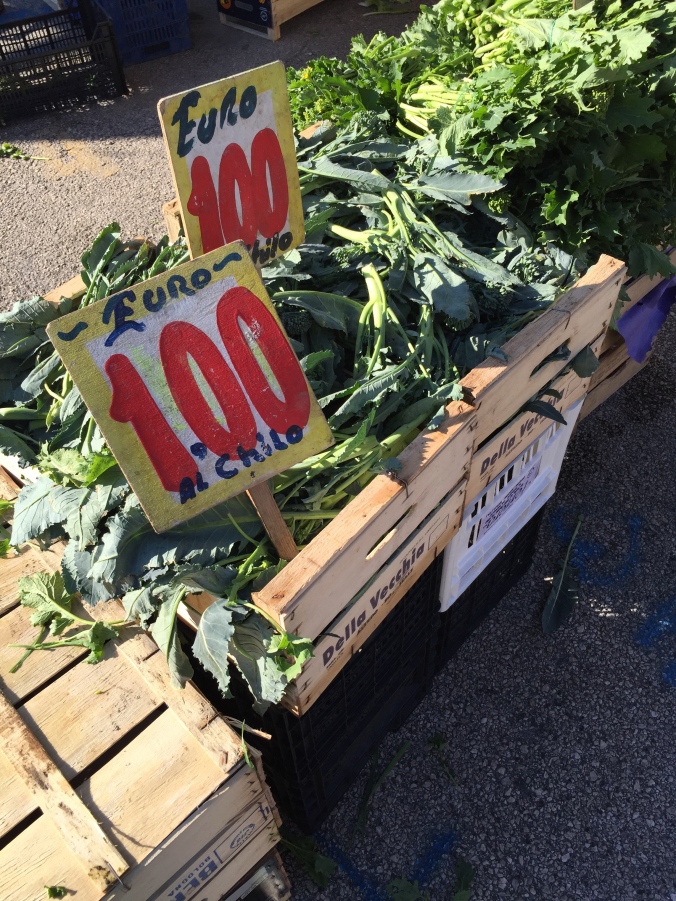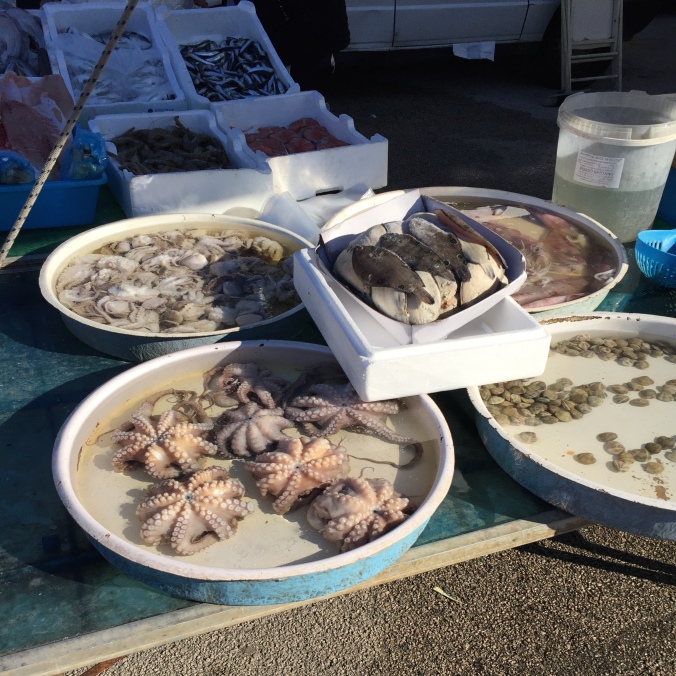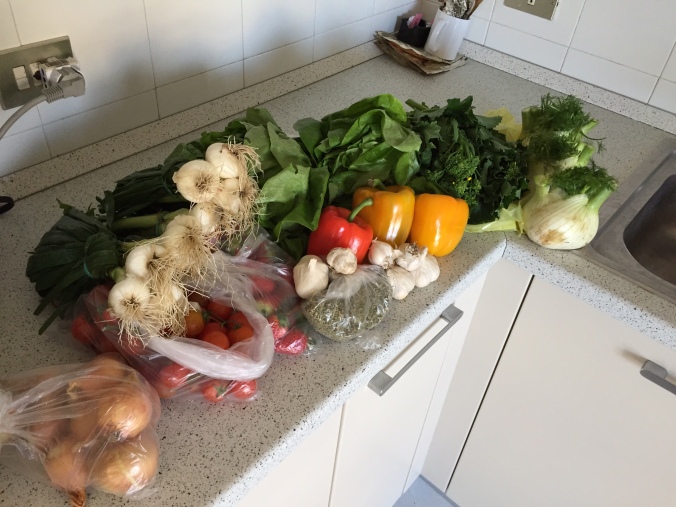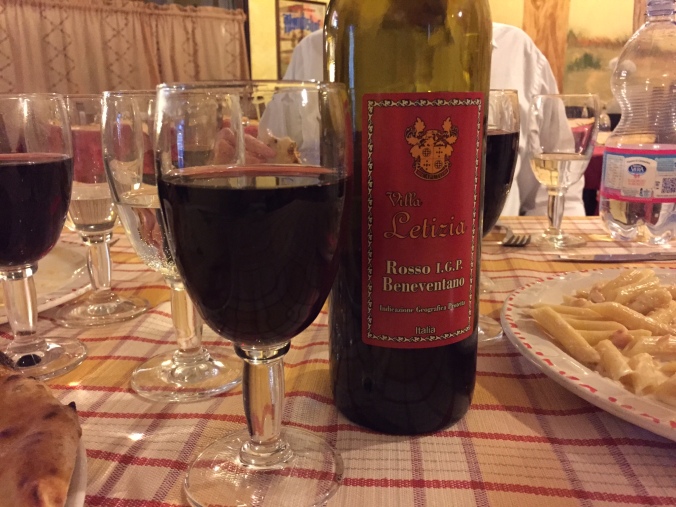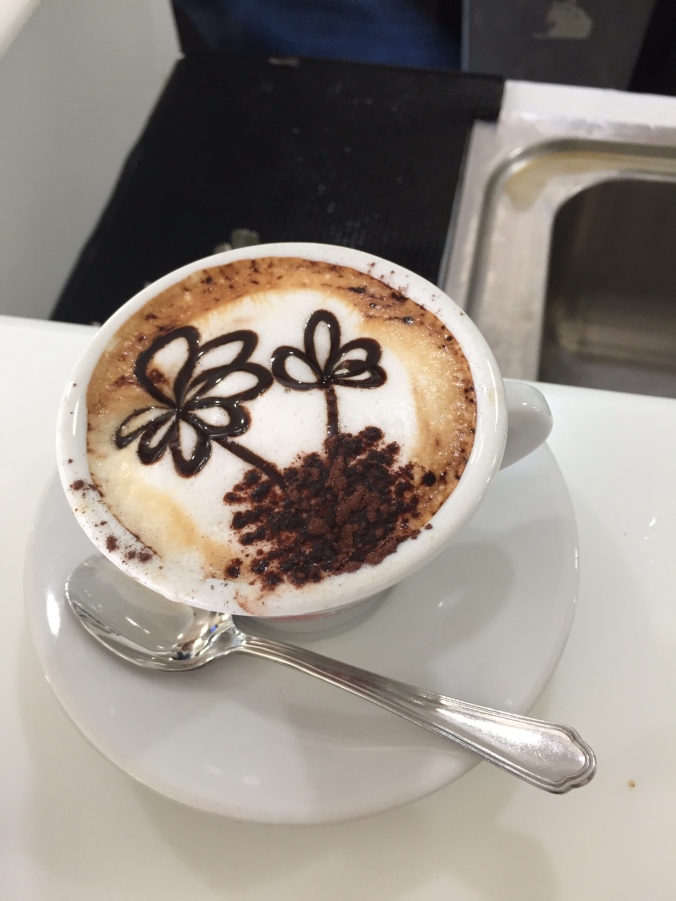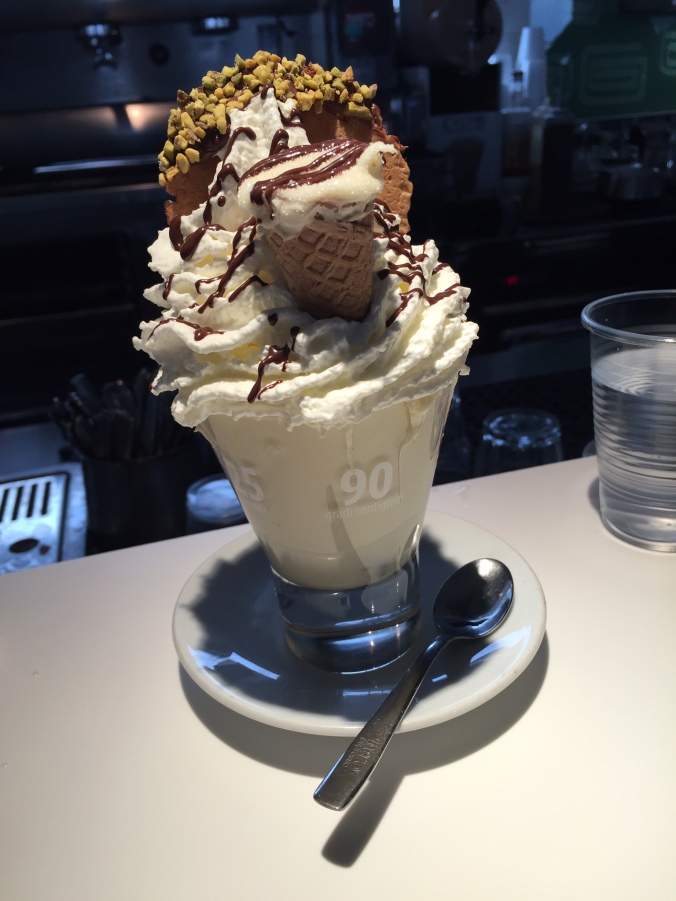Over the President’s Day weekend, we decided to do our part to make sure the terrorists don’t win and visited Paris. We ended up having a good time, even if it feels like we barely scratched the surface.
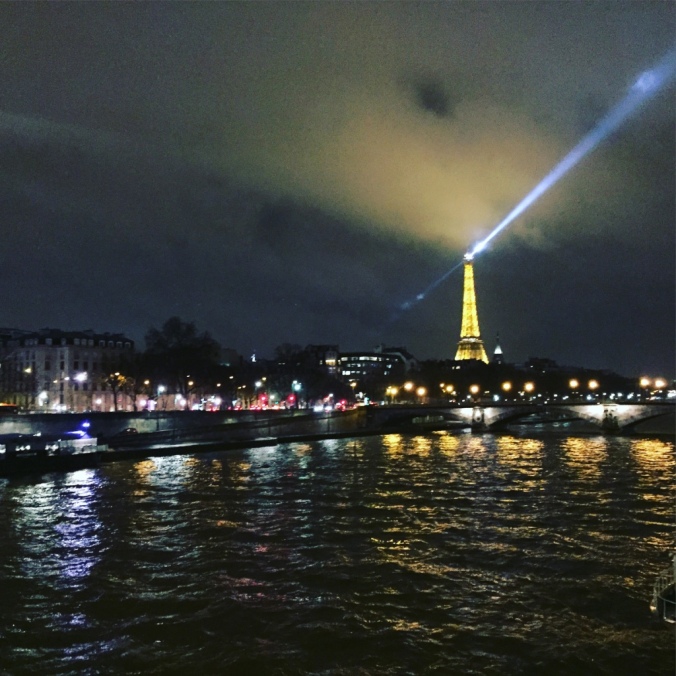
When you arrive through Charles de Gaulle airport and take the commuter train into the city, you go through a lot of ground that doesn’t scream “Paris”. You follow the highway, and the highway has a lot of warehouses and undeveloped land around it. It doesn’t look any different than anything you’d see in the outskirts of any reasonably modern city. The stop we got off at was a shopping mall, so we had to go up several escalators before we actually saw central Paris.
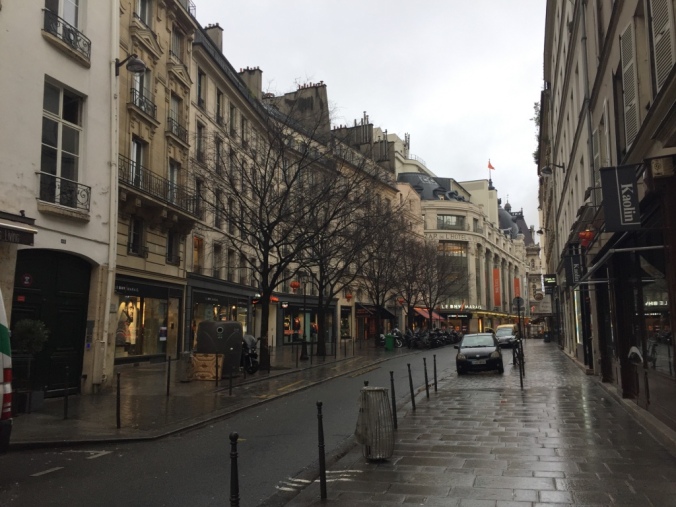
After getting checked into our room, which was an apartment we rented on the fourth floor of a building (too many stairs!), we began to explore despite the dreary, rainy weather. We began with a tour of a wine cave that was set up as an interactive museum, but not all the exhibits worked right and weren’t all that great. What was great was the tasting at the end because the person doing it was very knowledgeable about French wine. We’ve gotten the gist of how Italian wine goes, but French wine was entirely new to us. Some quick schooling was a good thing.
For dinner the first night, we decided to do something typically Parisian: get Chinese takeout. We’ve not had any since before we left Illinois, so it was a nostalgia trip as much as a meal. Paris is pretty cosmopolitan, and there is a definite Chinese influence in it. It wasn’t much past Chinese new year, so there were red lanterns about and a few marketing posters for it as well. There were plenty of Chinese tour groups visiting just like us too.
We began Saturday with a trip to see Old Paris. We first went to Sainte-Chapelle, which is a beautiful old chapel on Île de la Cité. Its claim to fame is its extensive stained glass windows, and fortunately they had just been cleaned last year. It was a wonder of its day, and it is the sort of place you go to feel the beauty and majesty of God.
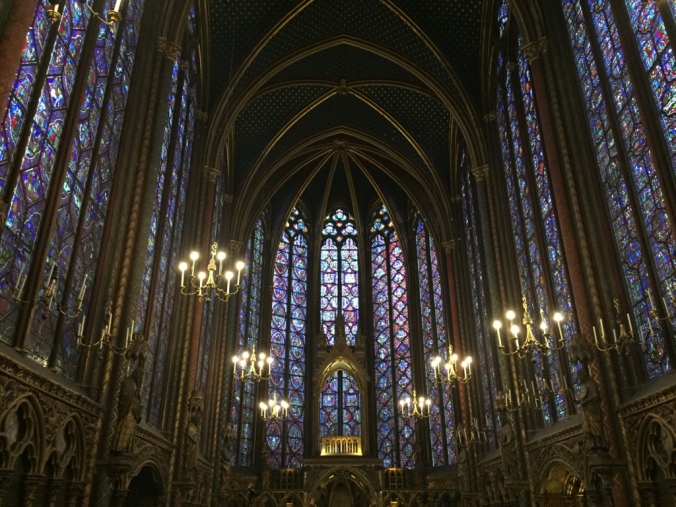
From there it was a short walk to Notre-Dame, where they were holding mass. We got to hear the pipe organ played and heard some choir music as well.
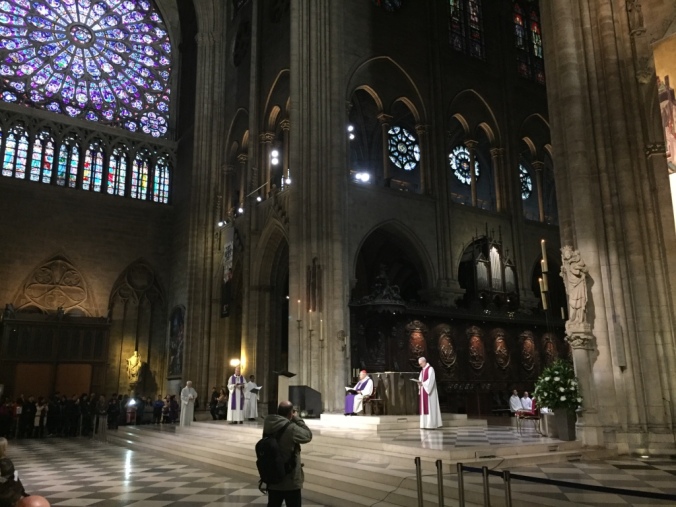
It also was beautiful, and it’s very different from Italian cathedrals. It is all gray stone on the inside without the busy colored marbles of Italian churches.
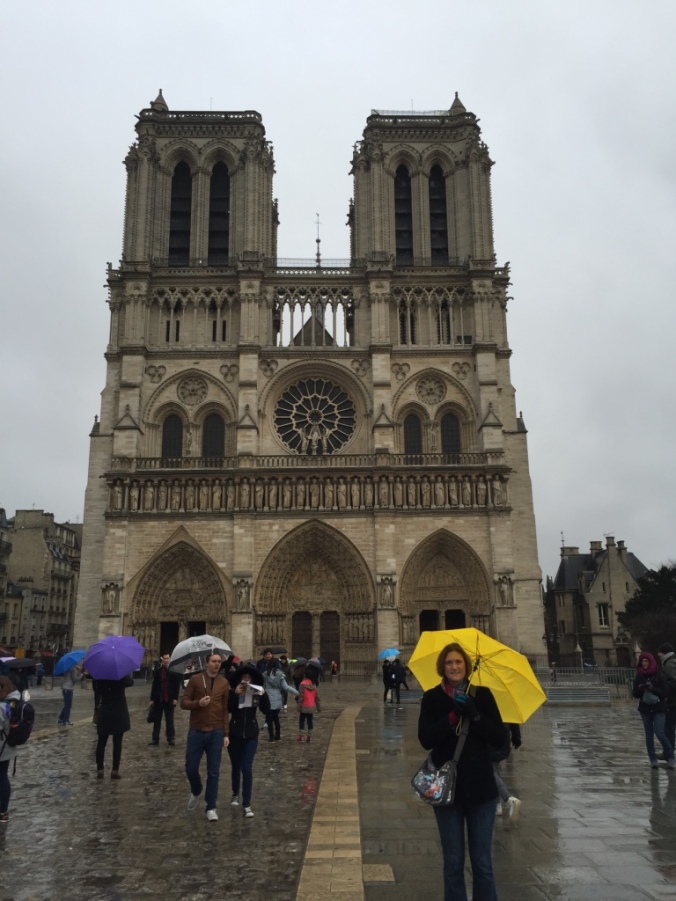
And while it did have some art and sculpture, it wasn’t covering 75% of the wall space. We both prefer the style of Notre-Dame, as it’s not as busy and has aged much better as a design.
After a quick croissant stop….
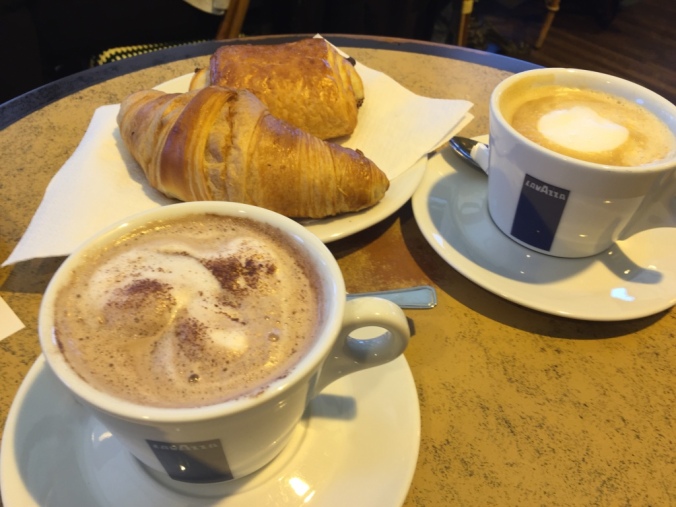
Hot Chocolate, cafe au lait, and a few croissants… three times more expensive in Paris than Naples!
…we hit our scheduled Eiffel Tower appointment.
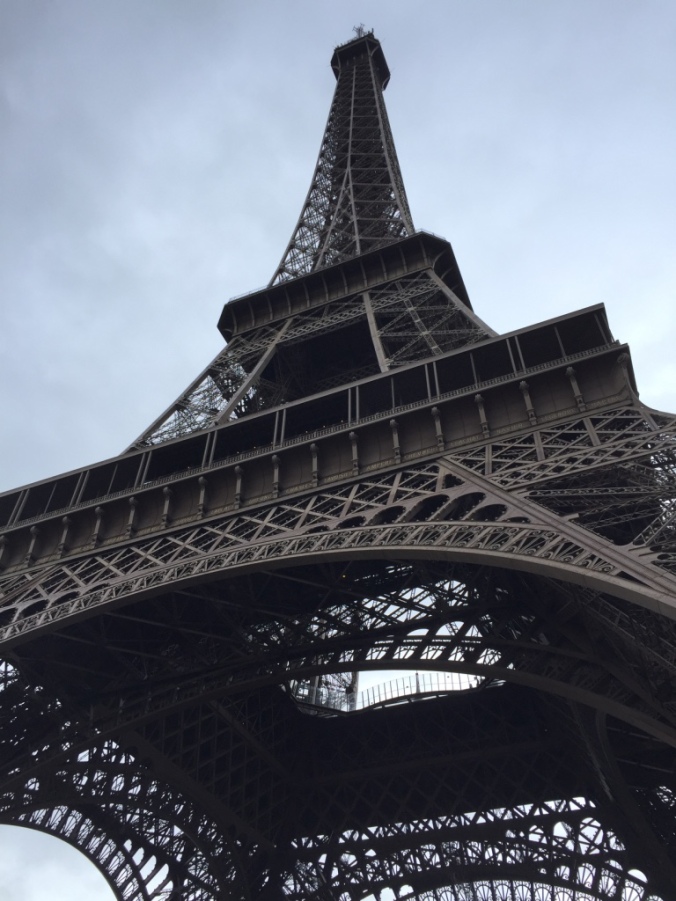
It is bigger than I (David) had thought it would be. Unfortunately, it’s been painted an ugly brown color. (Danielle’s note: the Torre di Pisa is more impressive). We waited in two different lines despite having a reserved time, which was annoying, but we did make it all the way up to the top. It was windy, but fortunately the rain had subsided for the most part while we were in line and in the tower.
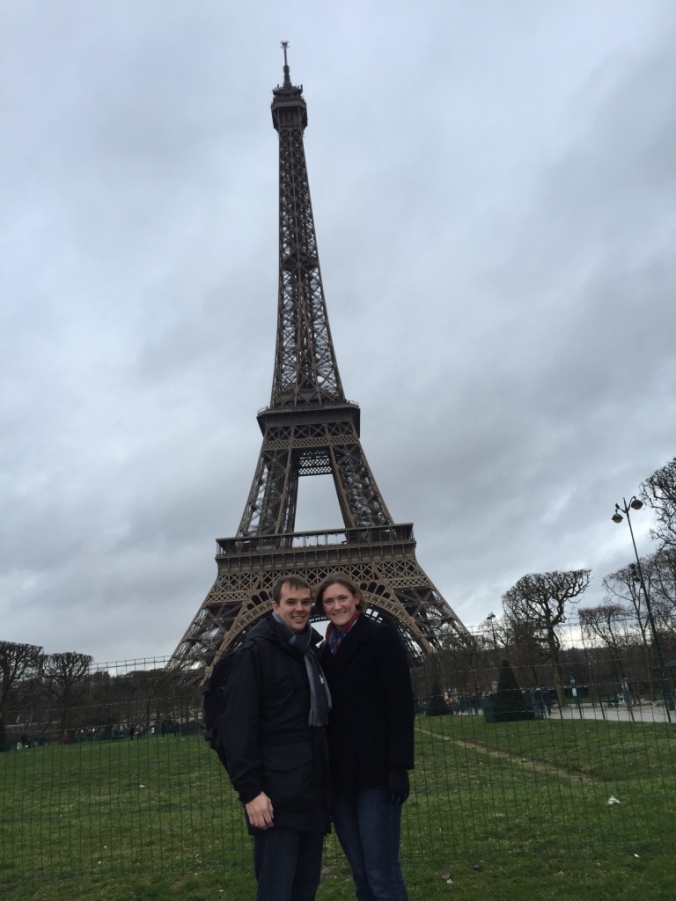
From the very top, you can see just about every notable landmark in the city. Paris looked like it sprawled out further than Athens did. It wasn’t as clear a day as we had hoped, but the view was still remarkable.
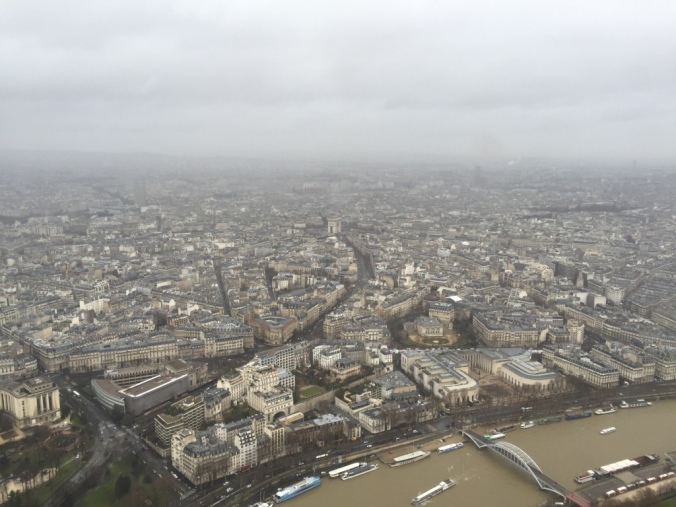
The Arc du Triomphe is right in the middle
We then did another Parisian thing, but a more traditional one: we ate French food in a cafe and watched people go by.
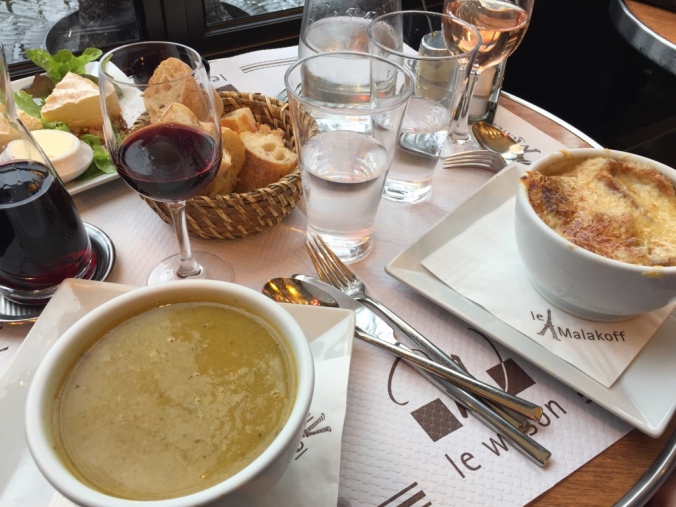
I had French onion soup, or “onion soup” as they call it there, while Danielle had vegetable soup. It was the best French onion soup I’ve had, and the experience was sullied only by the smokers around us. Smoking has been banned in Parisian cafes, but enforcement is spotty. The smoking wasn’t as bad as in Greece, but it was close. The stereotype of the French and their cigarettes is unfortunately still a well founded one.
After lunch, we walked around a bit, exploring the obscenely expensive Parisian shops, including a chocolate store that sold every variation on chocolate you could think of.
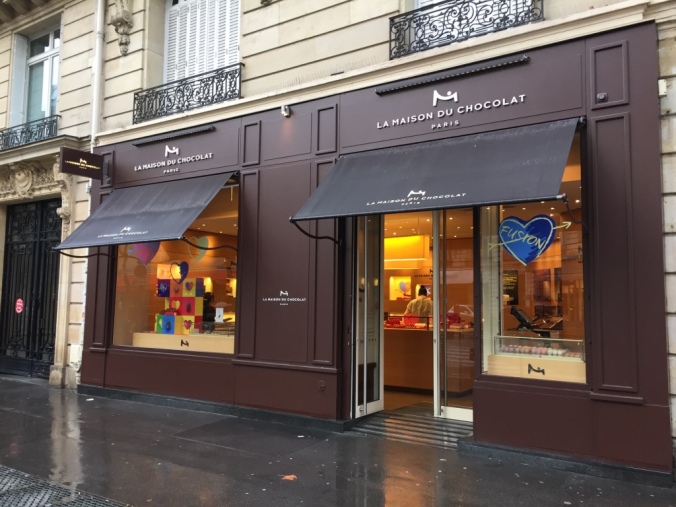
We also watched the traditional crepe being made by two chefs set up along the sidewalk…
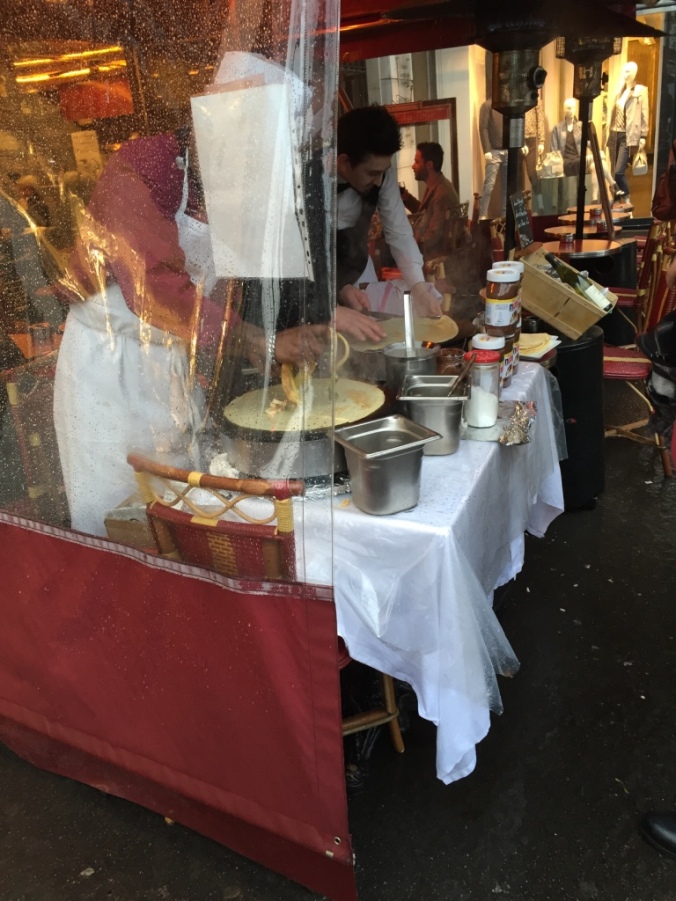
…and then bought the world’s most expensive macaroons in Paris’s most Parisian macaroon shop, Laduree.
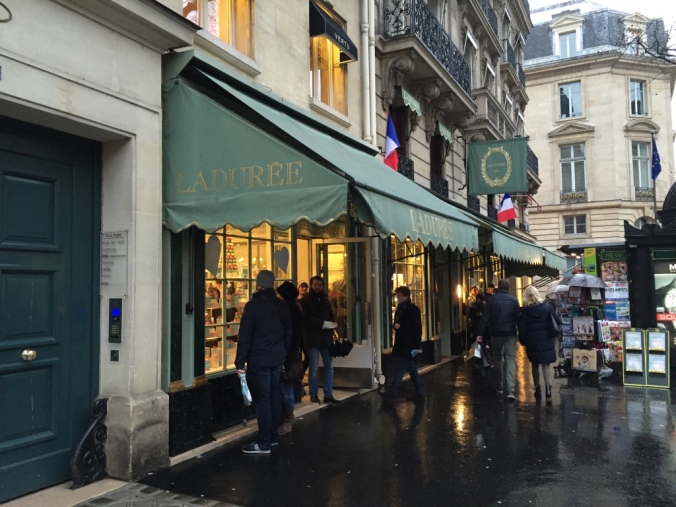
We capped off the day with Taste of Paris. It’s run by the organization that puts on Taste of _______ events in cities all over the world. It was in Le Grand Palais, an exhibition hall that opened in 1900. I guess they were still calling new things a “palace” despite the monarchy having gone away 30 years before it opened.
Taste of Paris was a lot of fun. We sampled food from six different restaurants and had enough credits left over for a glass of wine as well. Our favorite food was a crab dish from a restaurant called Salt. It was the best crab either of us have had since we lived in Virginia Beach for Danielle’s post-boot camp schooling. The chocolate dessert we had was pretty great too. The French are experts at chocolate and macaroons.
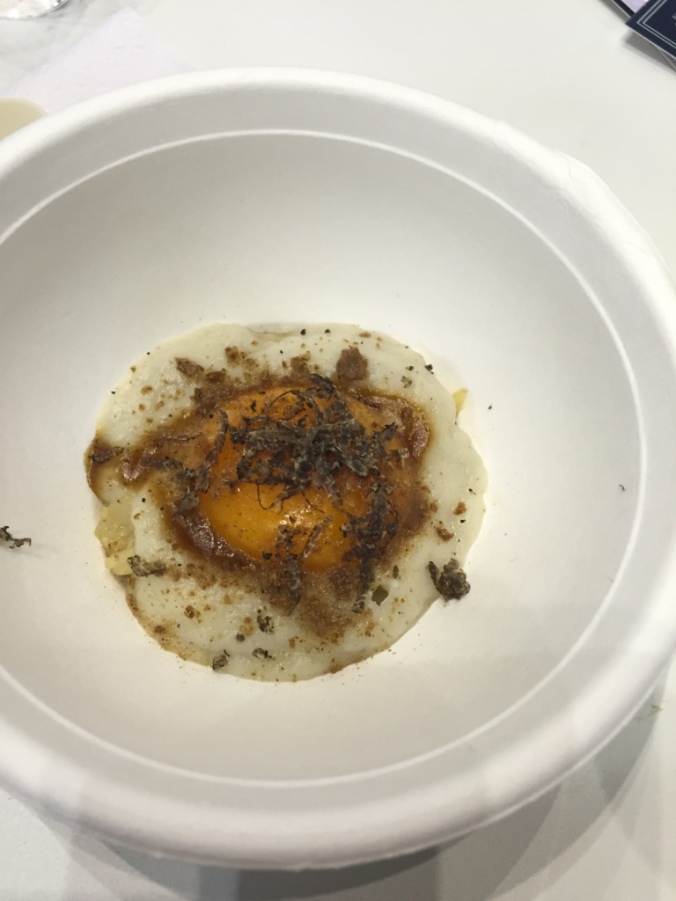
This is not the chocolate dessert (we ate that before we remembered to take a picture), it is the world’s most expensive and probably most delicious egg. With truffles and some fancy cauliflower mash.
Sunday morning brought what was probably our favorite single thing we did: the Bastille Market. On Thursdays and Sundays, there is a large street market beginning at the large roundabout where the Bastille prison once stood (see: Revolution, French).
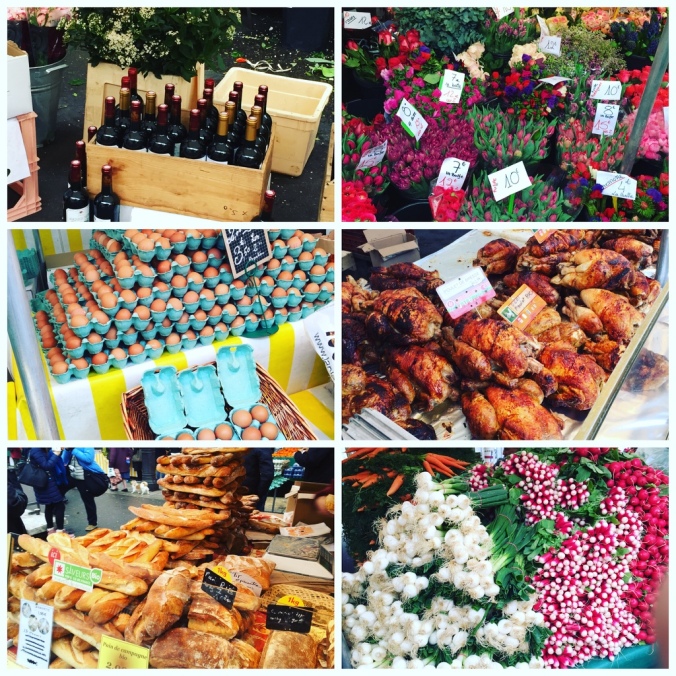
It was like other European street markets we’ve been to, only in this one we got a chocolate chip baguette, another croissant, and a Nutella crepe.
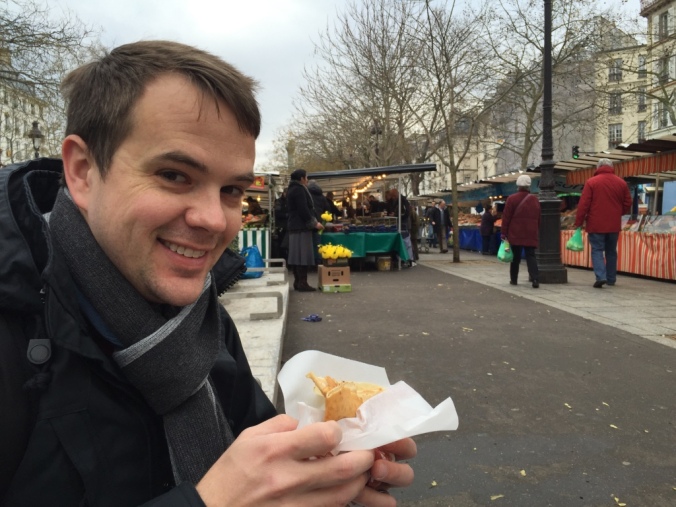
It had plenty of produce and fresh meat and eggs, but it also had shops with non-food items including (severely overpriced) scarves that we didn’t buy.
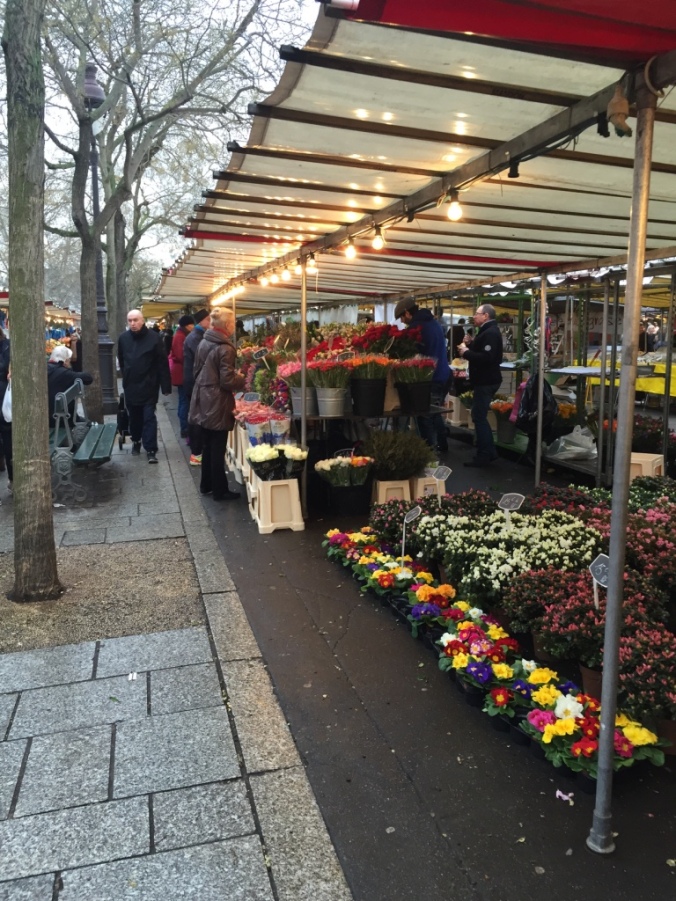
It was fun to stroll around, watch the people be French, and feel for a little bit like we were Parisians too.
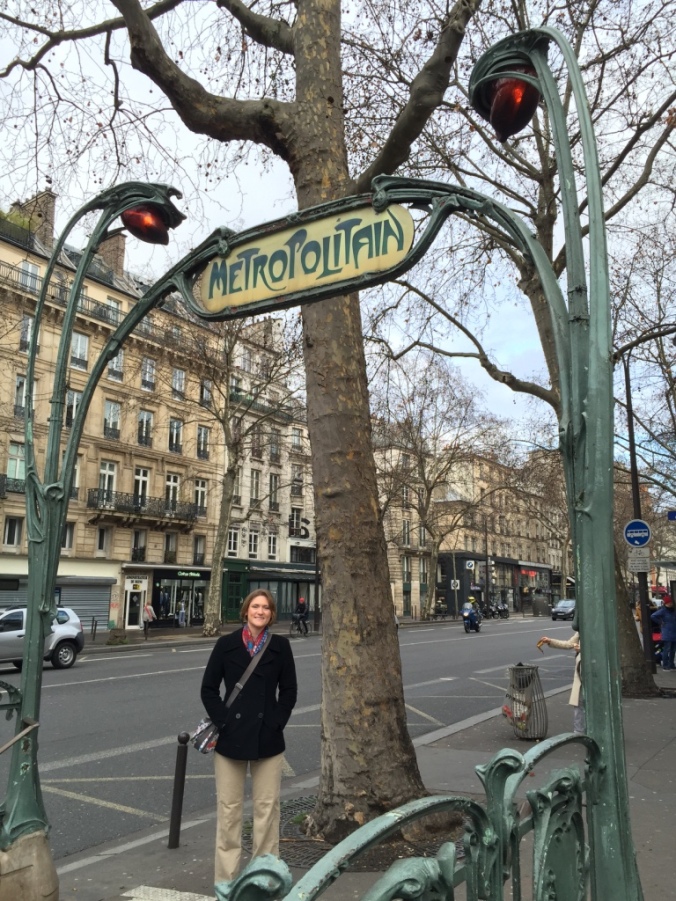
Following the market, we hopped on the Metro and took it over to the Arc du Triomphe. No other place we went to exemplifies the fact that there isn’t just one Paris.
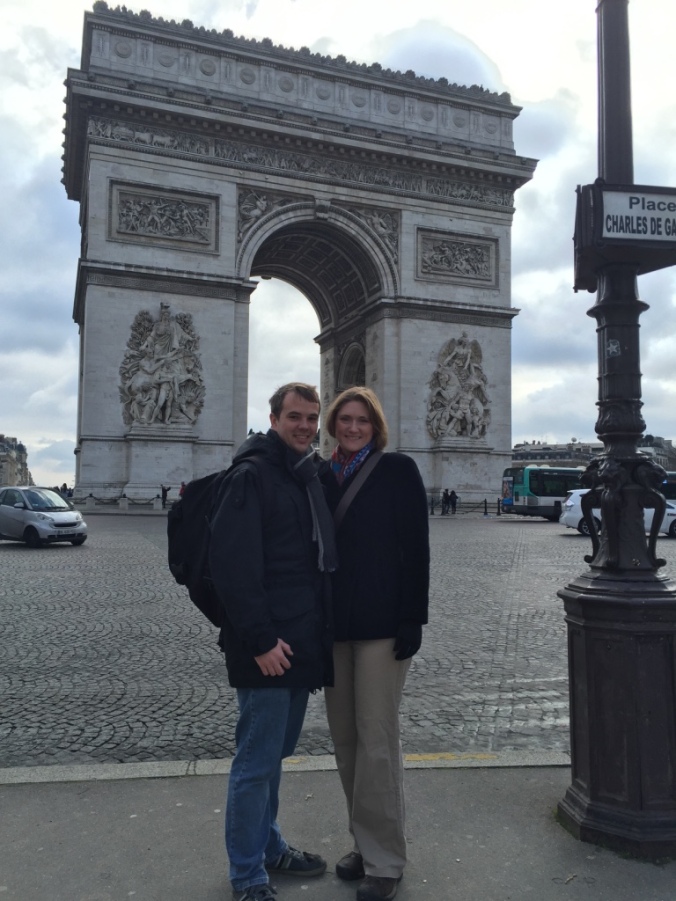
Here was a monument to the short lived glory of Napoleon’s empire being circled by Fiats and Renaults. Look one way, and you see the monument to the industrial age that is the Eiffel Tower. In another direction, it’s the traditional styled apartment buildings with cream-colored stone façades and gray roofs. Turn a little more and you see the modern office towers where the real business of the city happens. Spin around to your back and you see the Champs-Élysées with old gardens and a garish modern Ferris wheel at the end. Under it are people speaking at least a half dozen languages. Paris’s past, present, and future are all there.
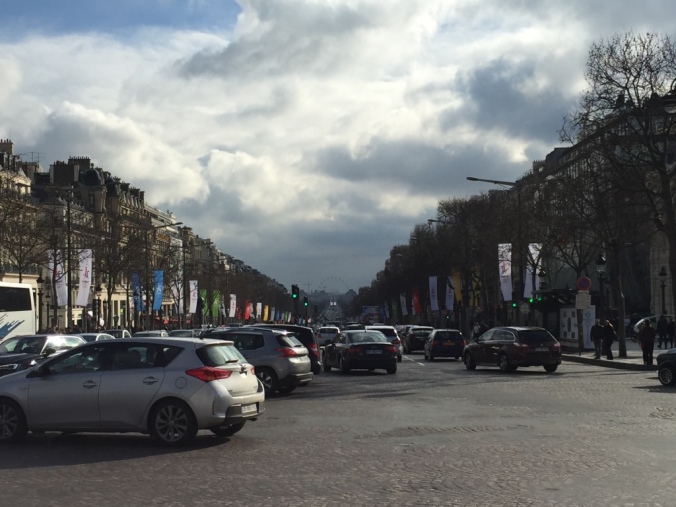
Standing under the Arc, looking at the Champs Elysees, and watching the cars all fight for right of way
We indulged a bit more of the past after that and made our obligatory Louvre visit.
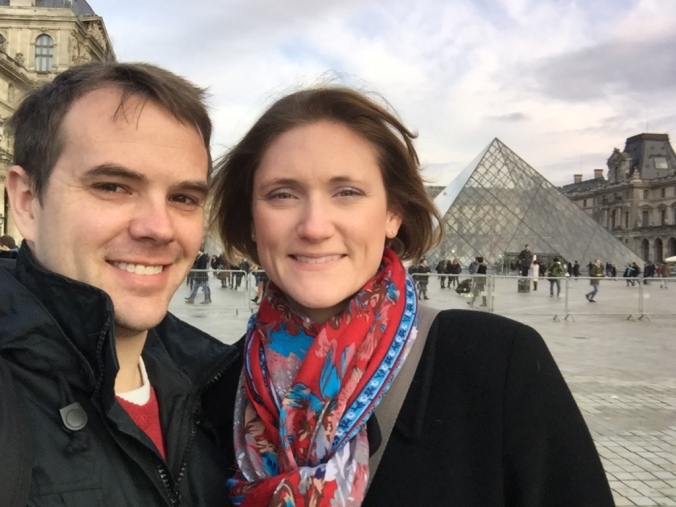
We waved at the Venus de Milo… (she didn’t wave back)
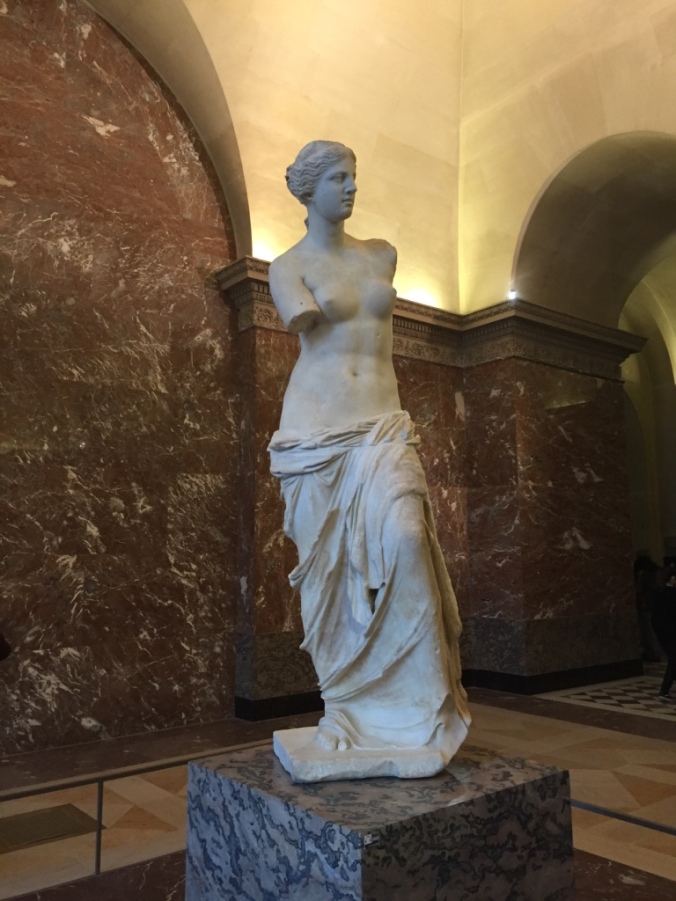
and we smiled at the Mona Lisa…
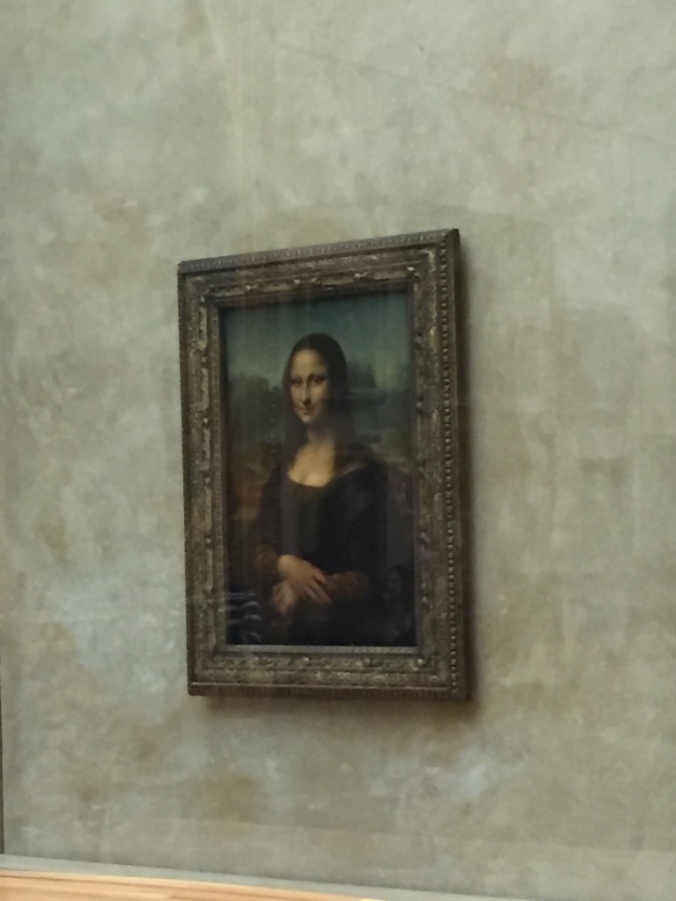
David’s picture…
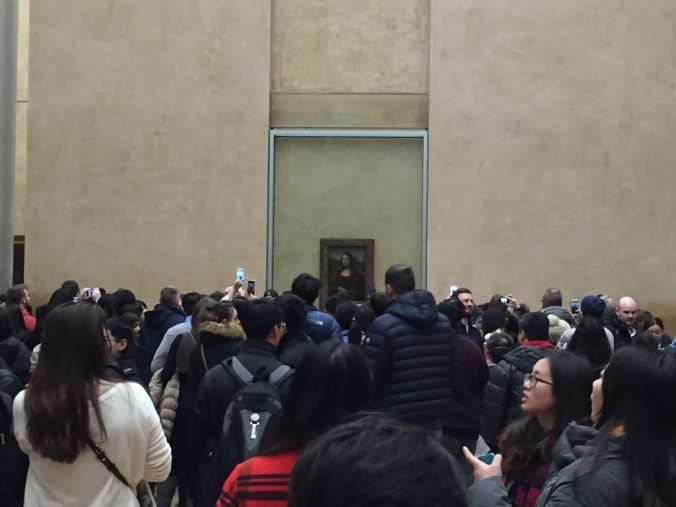
Danielle’s picture… a far more accurate representation
We looked at 4,000-year-old artifacts while our Nintendo 3DS XL audio guides told us about them. We walked through as much as we could until our feet and attention spans could take no more, and it was barely any of it.
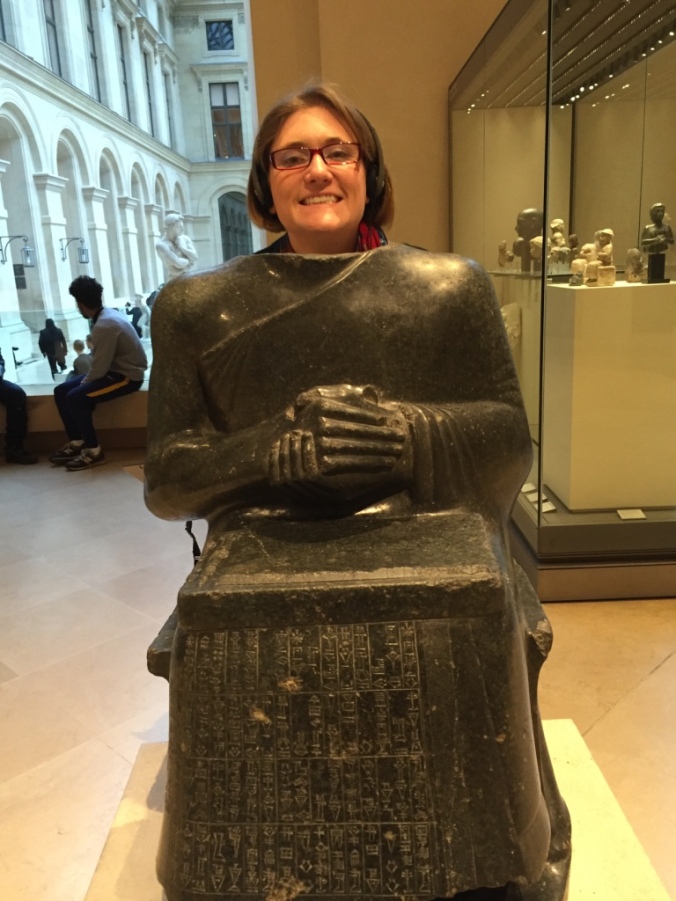
David’s attention span is a little longer, obviously….
When you look at the incredible size and lavishness of the place and then remember it was a palace before it was a museum—and then remember that several monarchs were mentioned inside who didn’t live there but rather at other palaces—and you kind of wonder why it took until the late 1700s for the people to revolt.
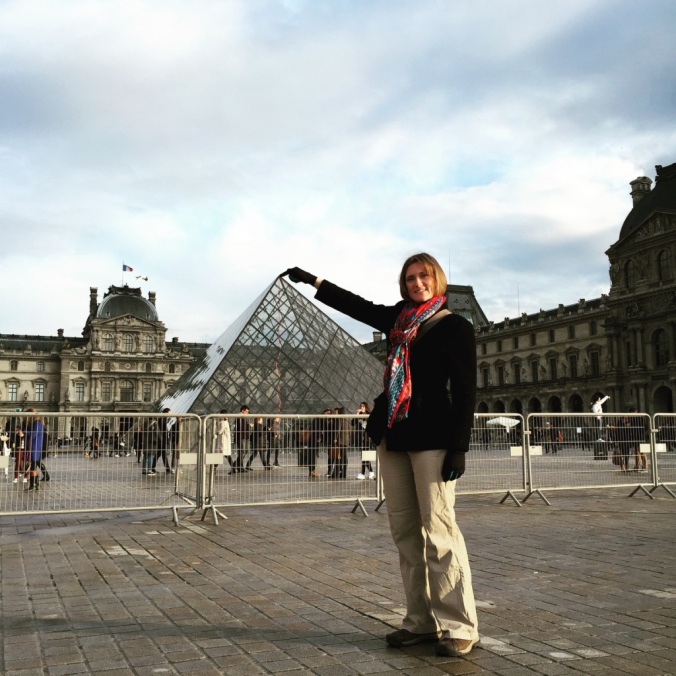
The last thing we did was get a proper three-course French dinner at a restaurant.
It wasn’t anything overly fancy; the decor included old magazine pages glued to the ceiling, for instance. The atmosphere was nice, though, and the food was excellent. Myth confirmed: the French are great at cheese, steak, and crème brûlée.
(Italians are better at wine, though)
Heading out on Monday morning was a little tough because Paris felt more comfortable to us than a lot of Italy does. It helps that more people speak English there than most places in Italy, but it’s also far less homogenous than much of Italy is. Everywhere we go here, it’s mostly just Italians. In Paris, we saw people and heard accents from every continent. It’s far more like America in that way.
I’m not sure if we’ll get back before Danielle gets orders to somewhere else because there are lots of other places we haven’t been to on our list to visit. Paris was a great time, though, and one of the highlights of our time here.
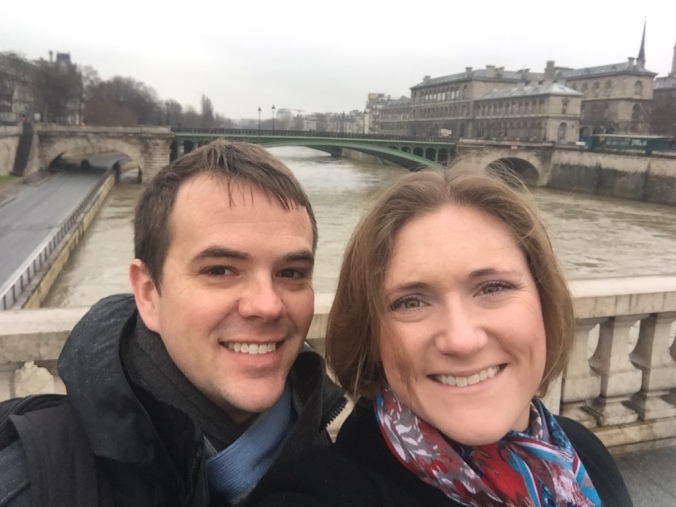
Until our next adventure, au revoir!







